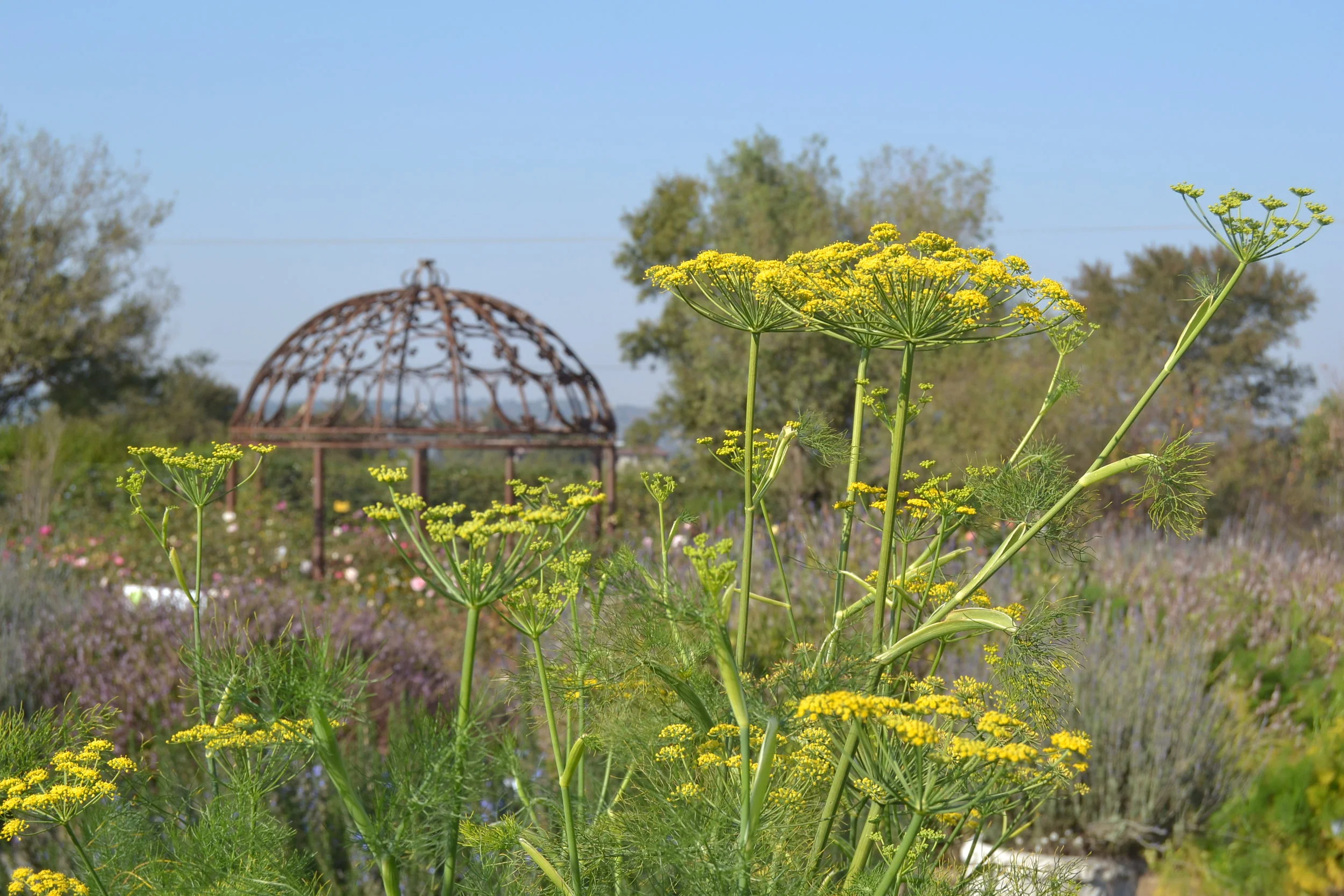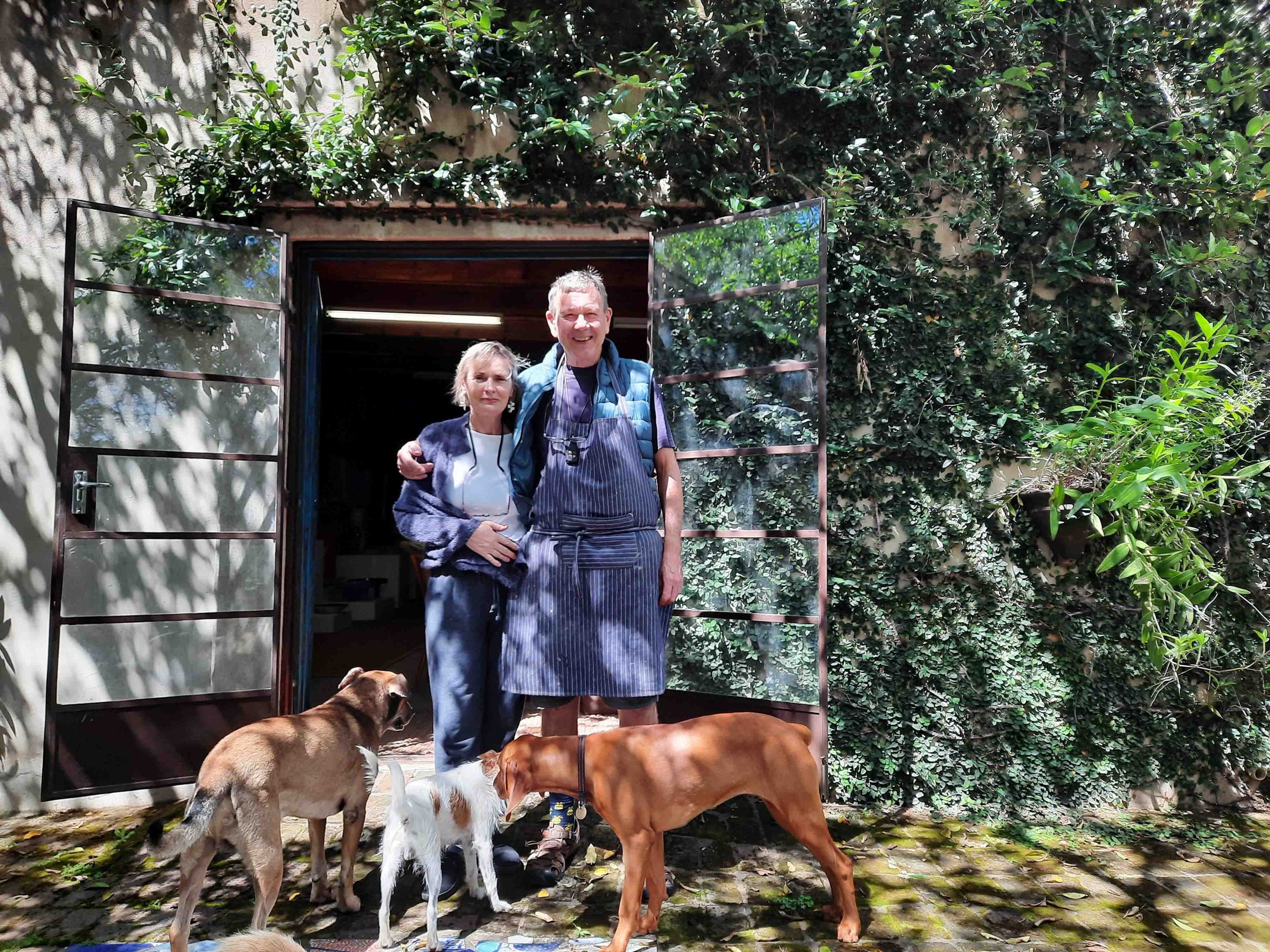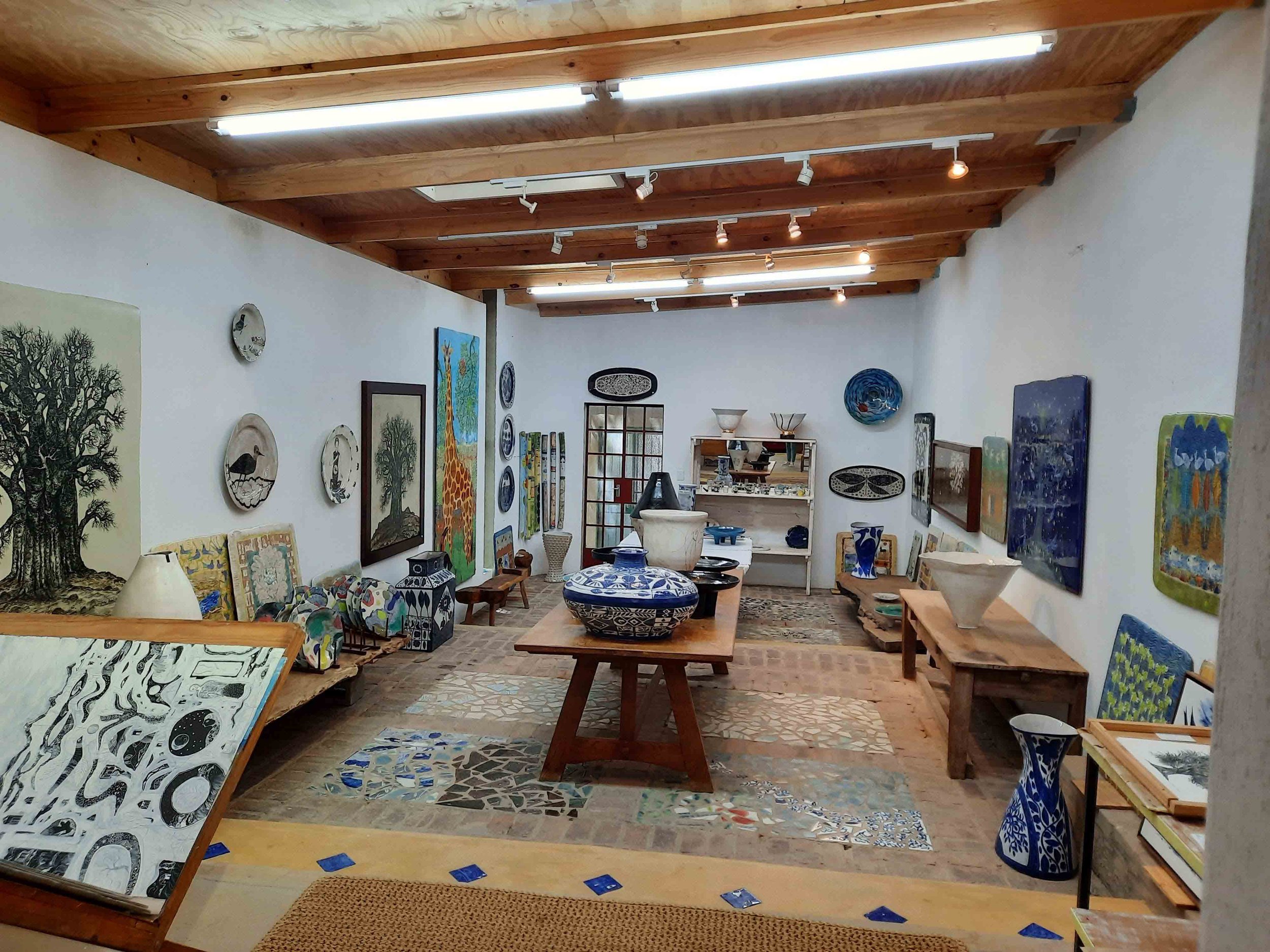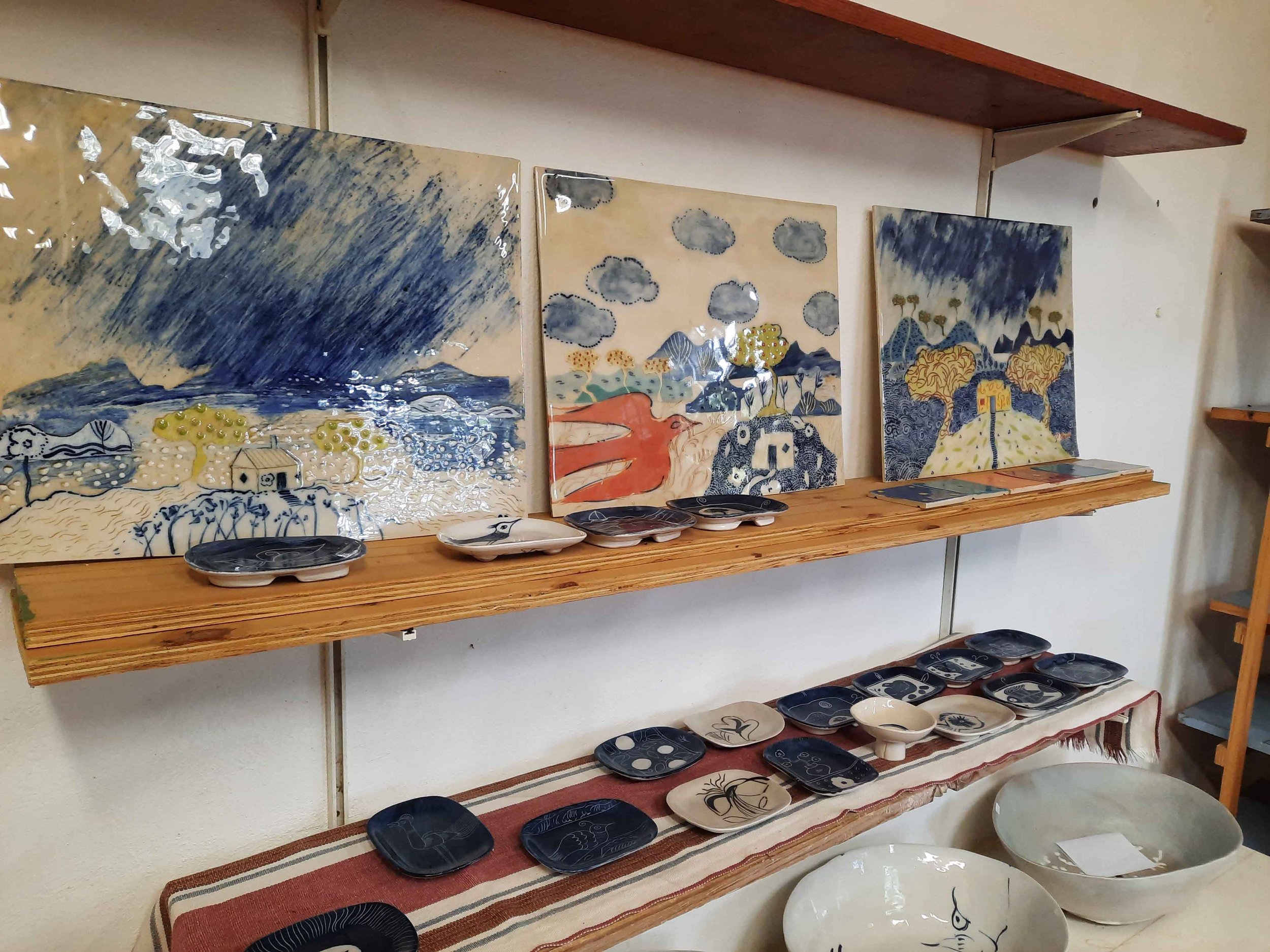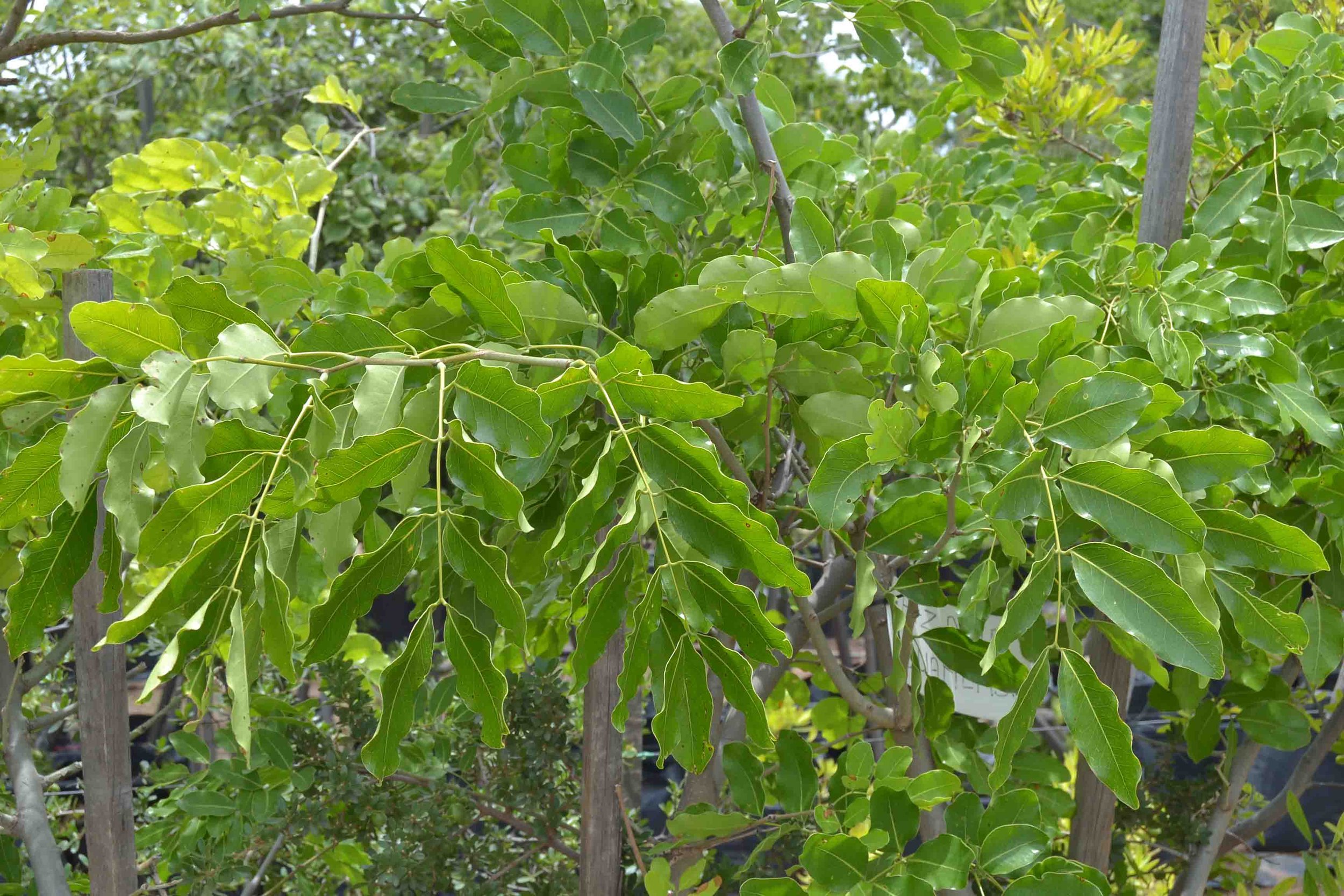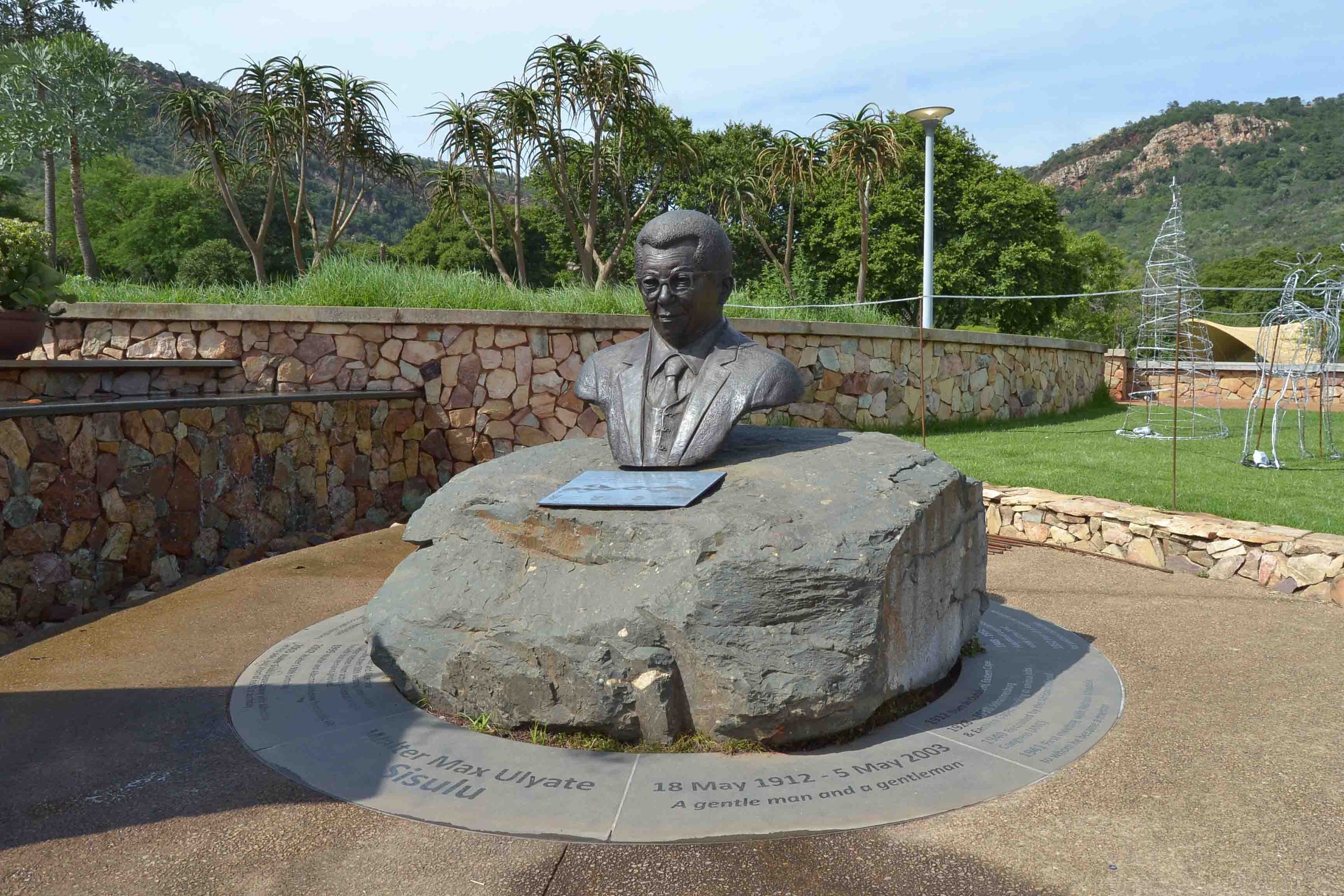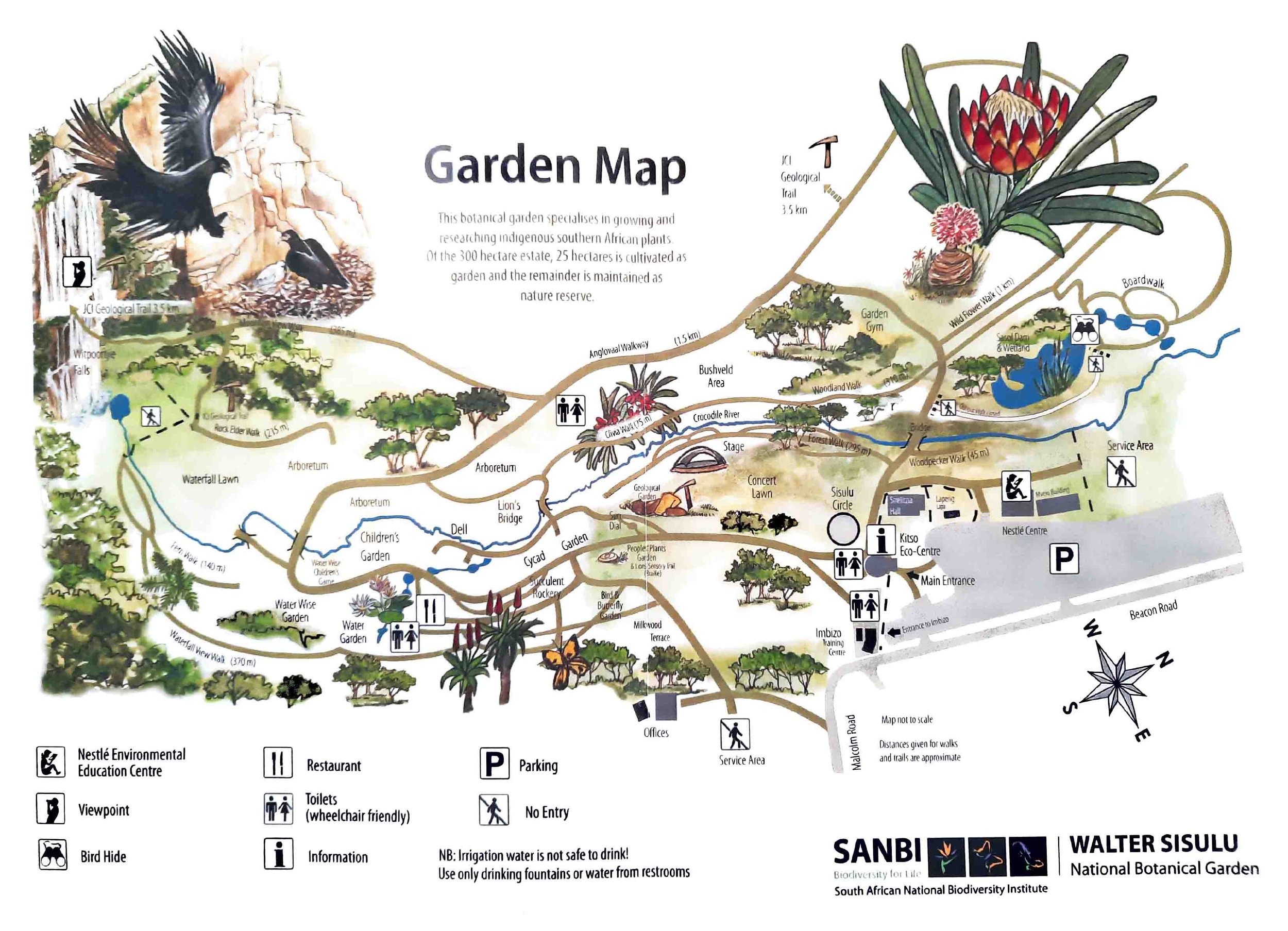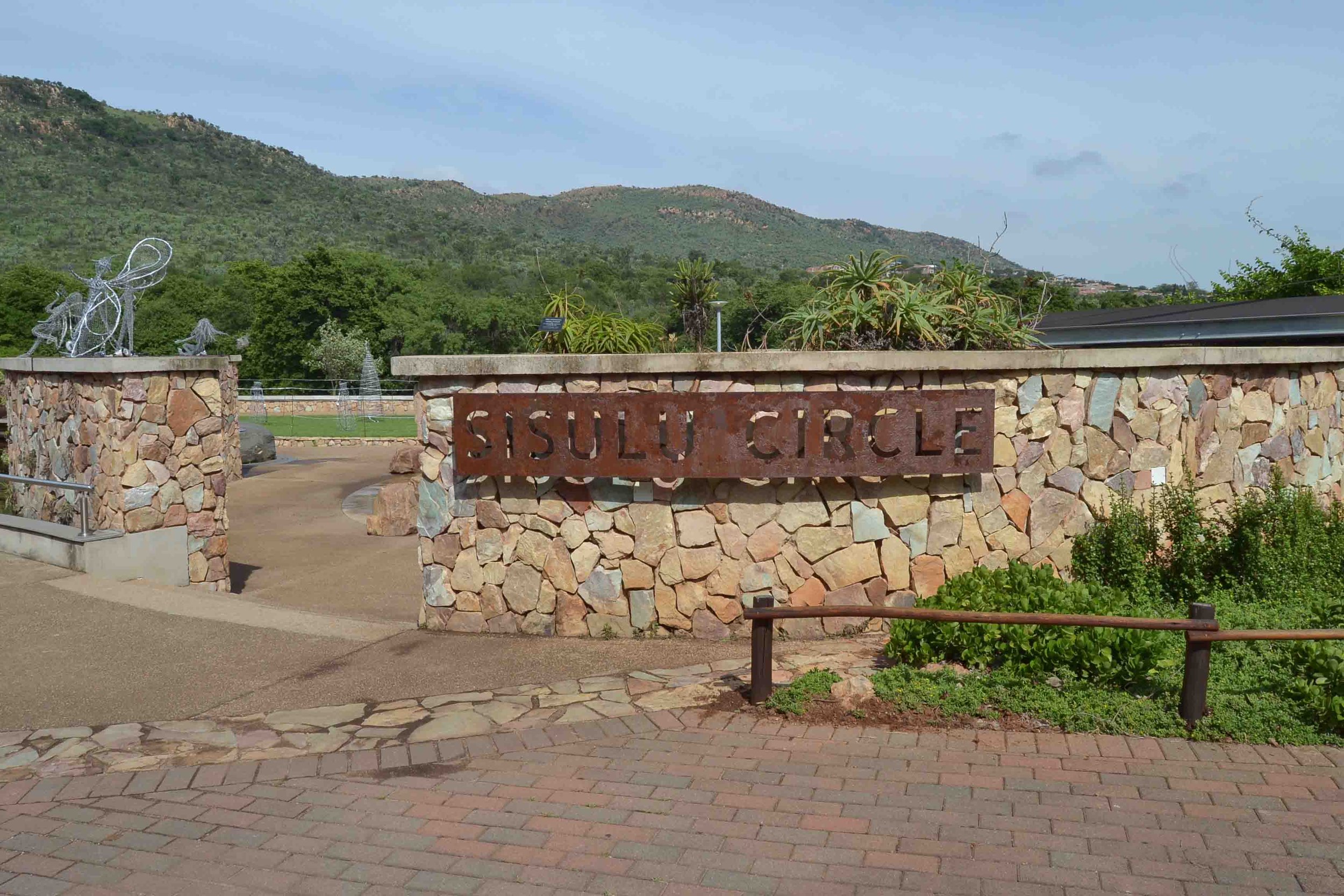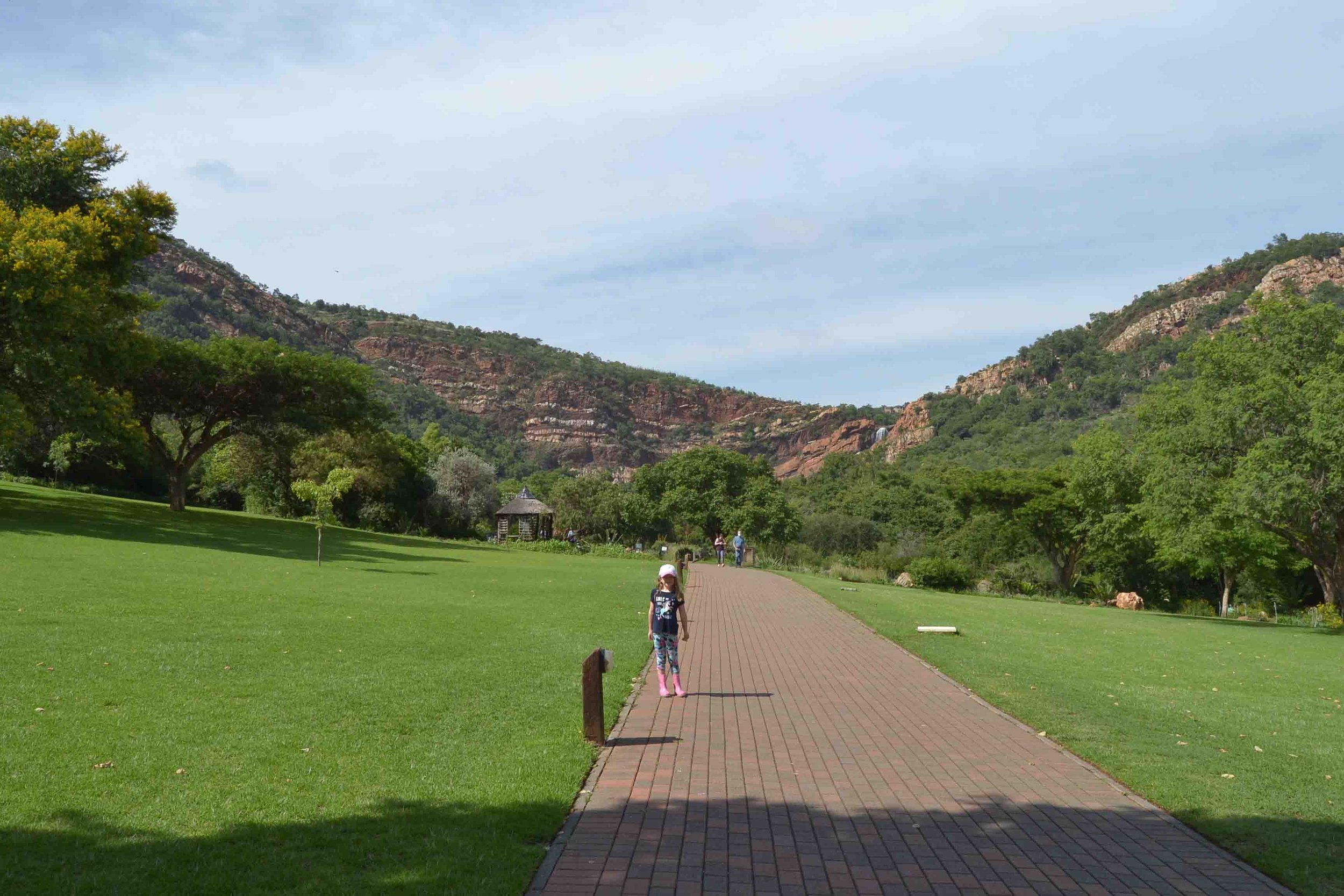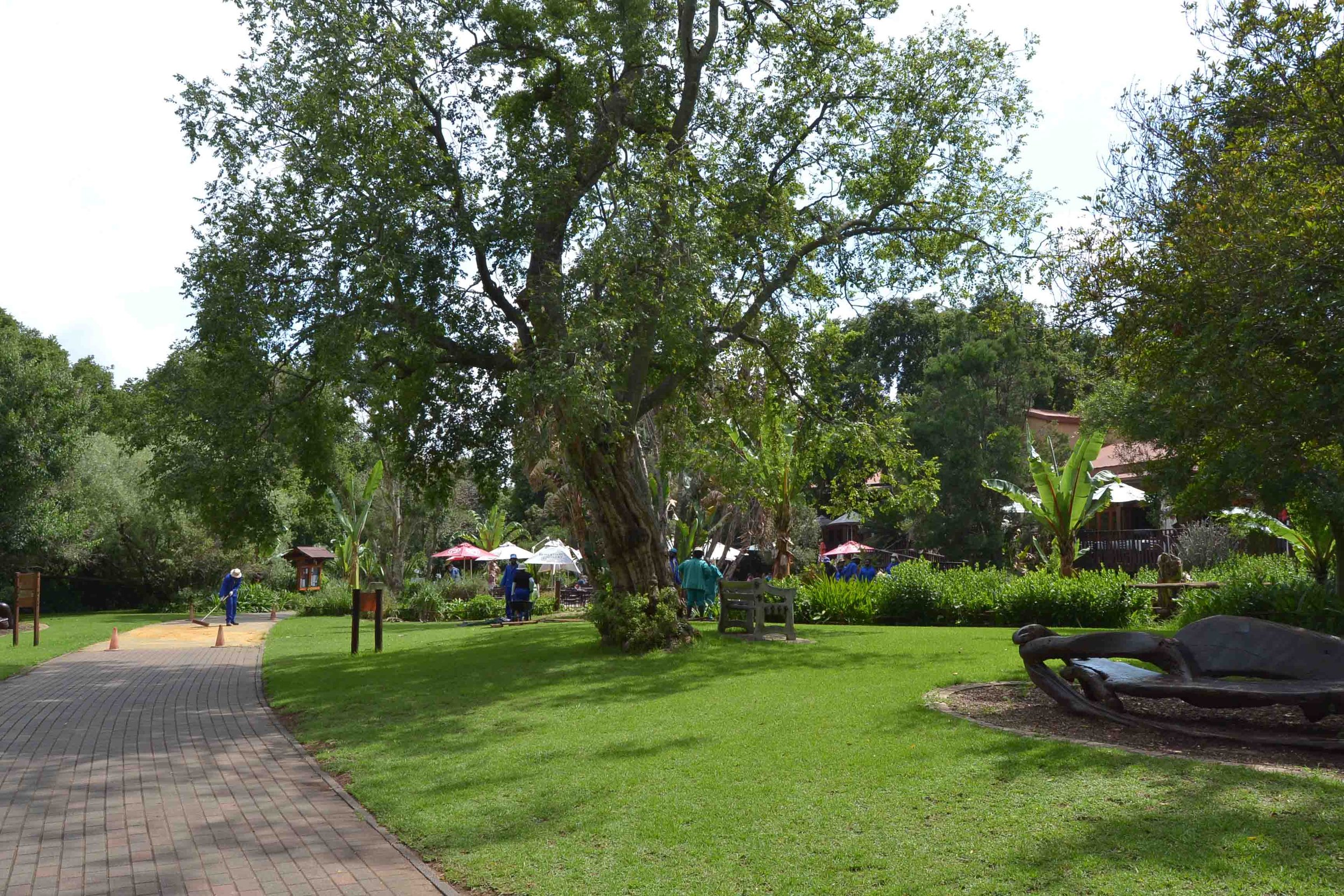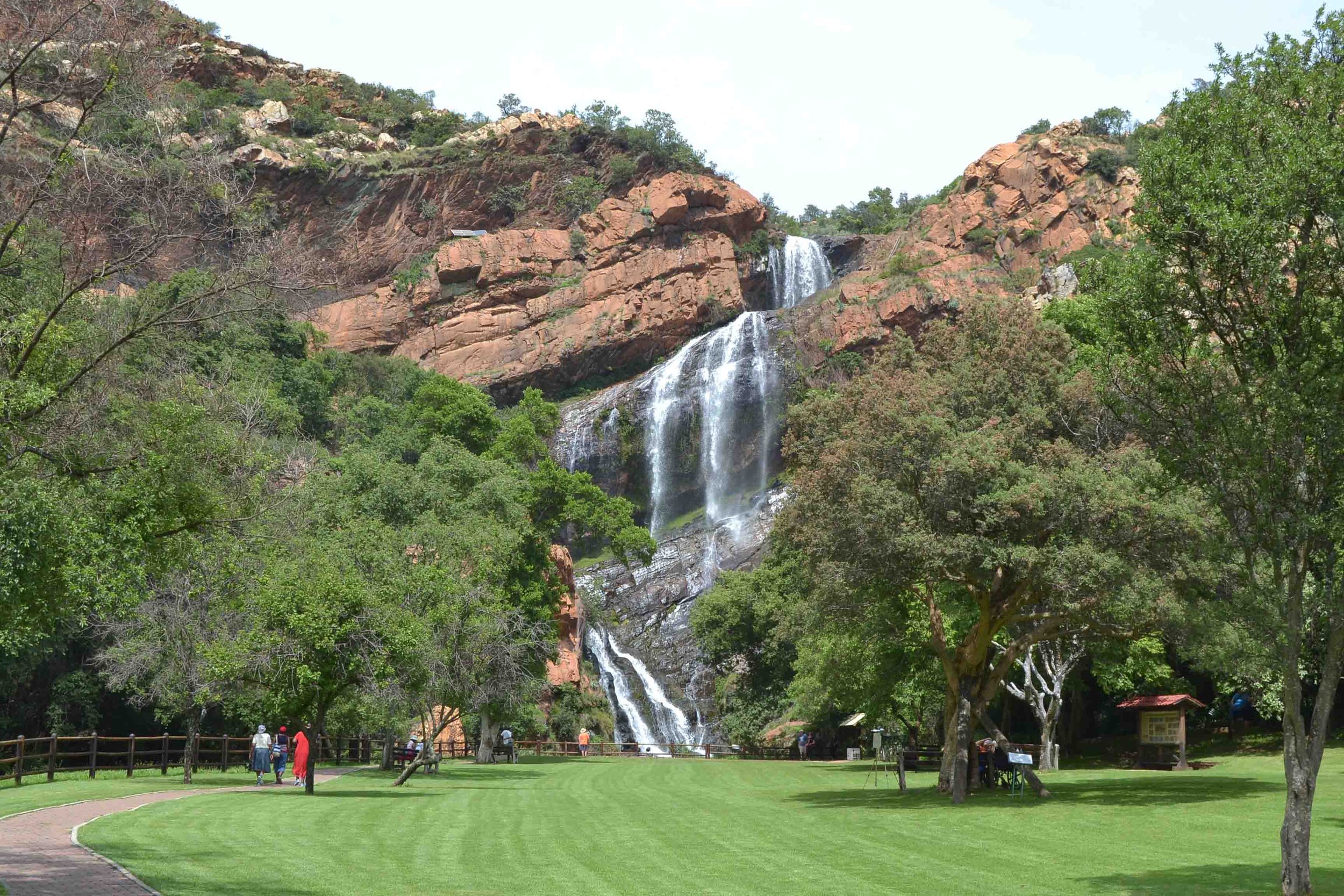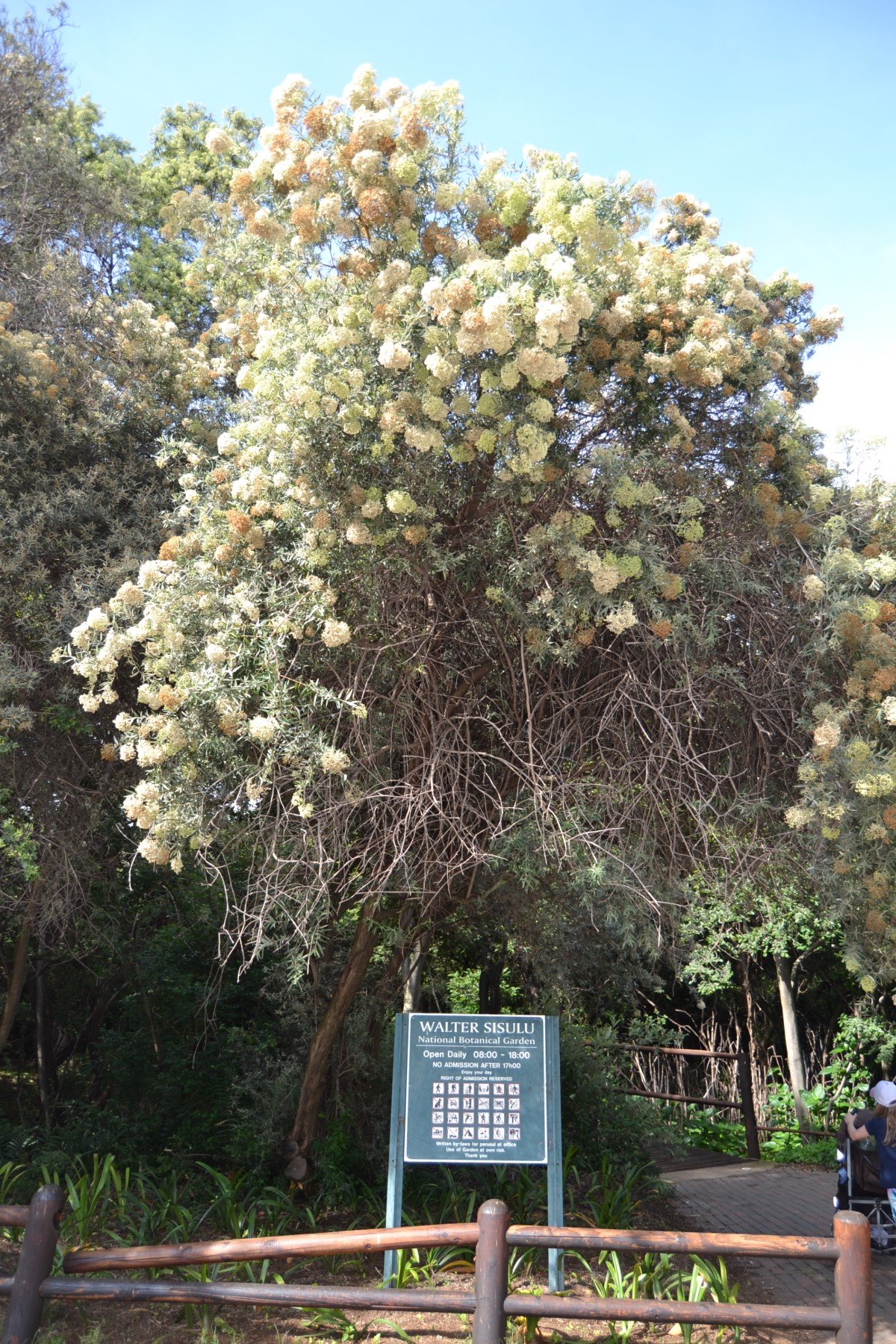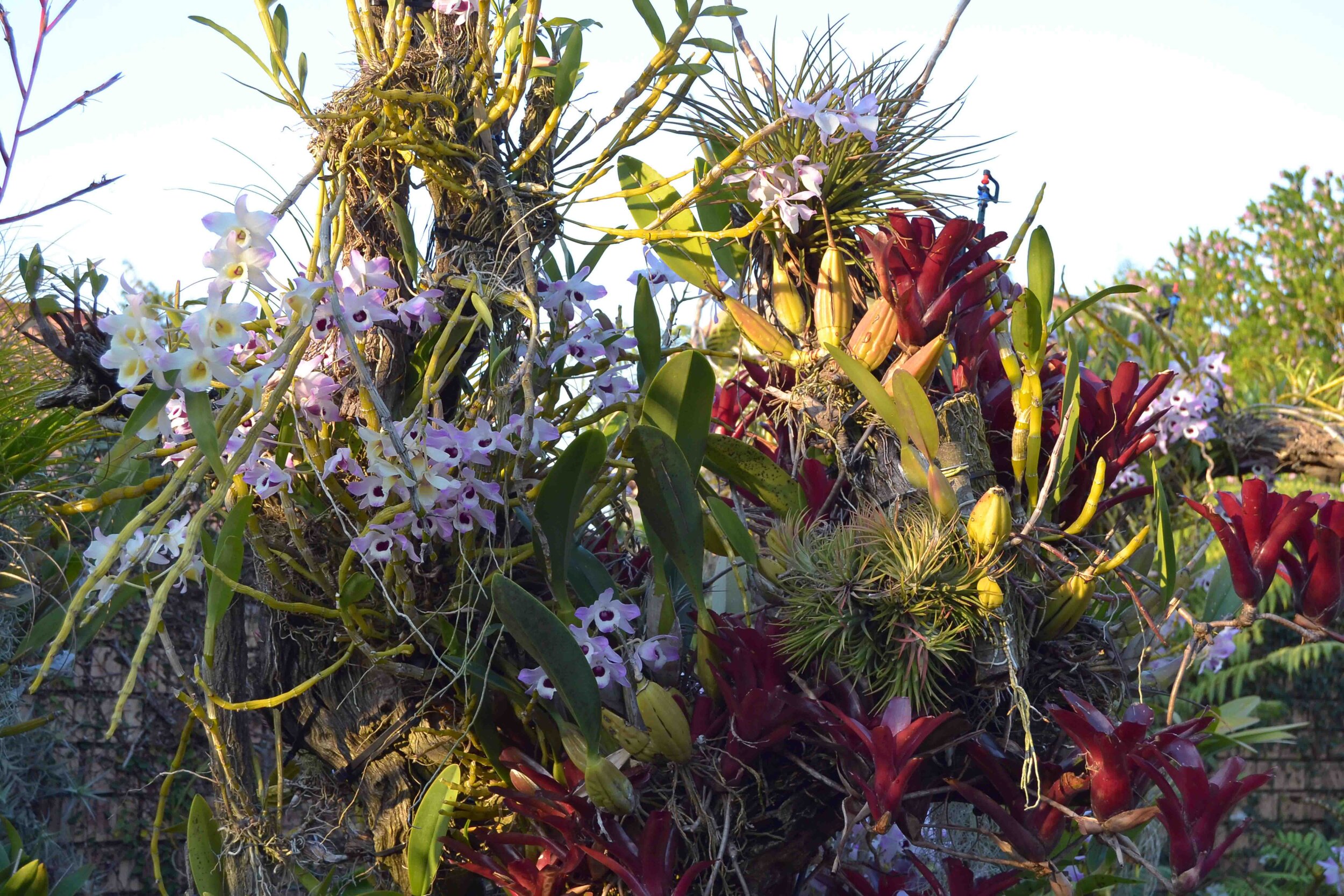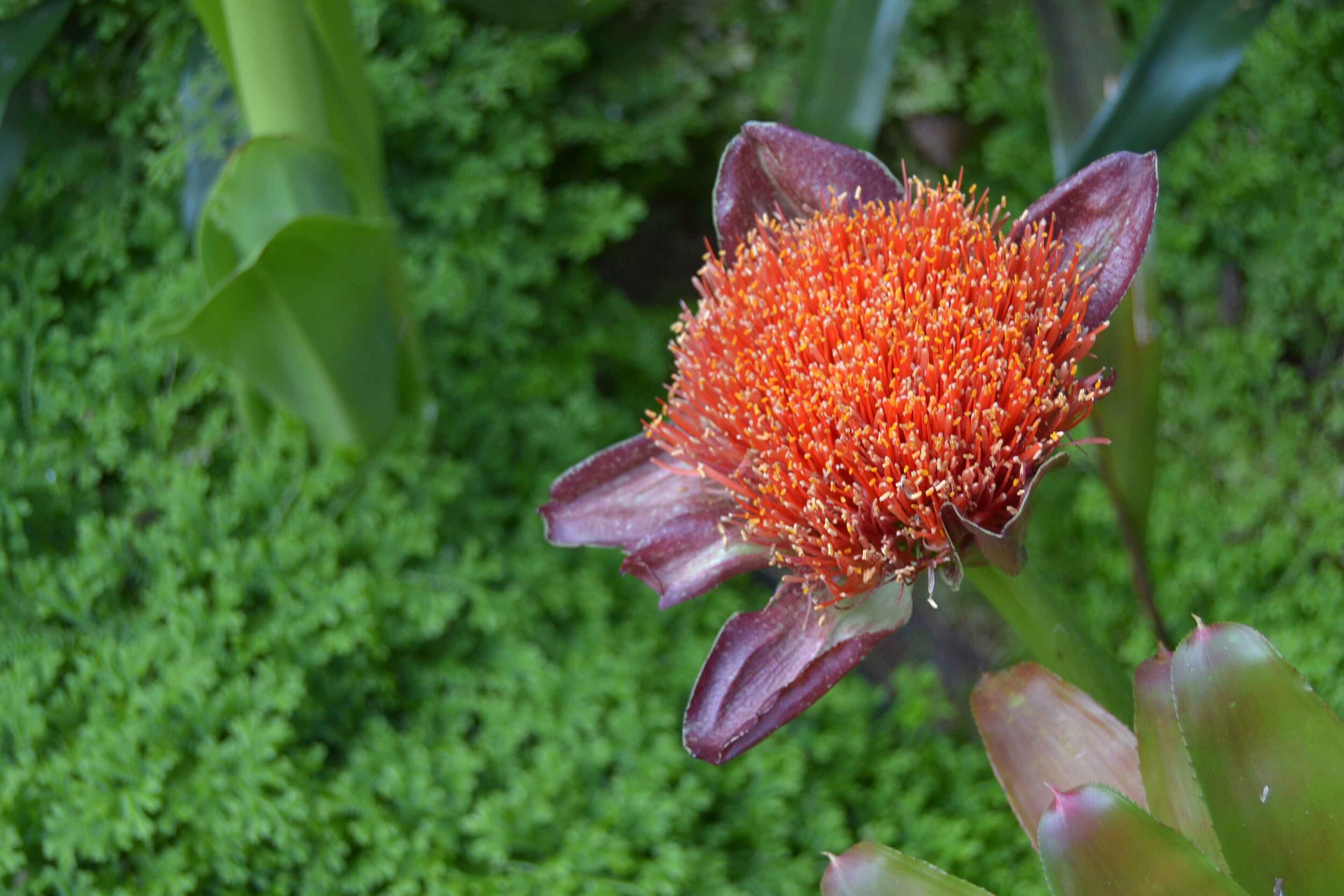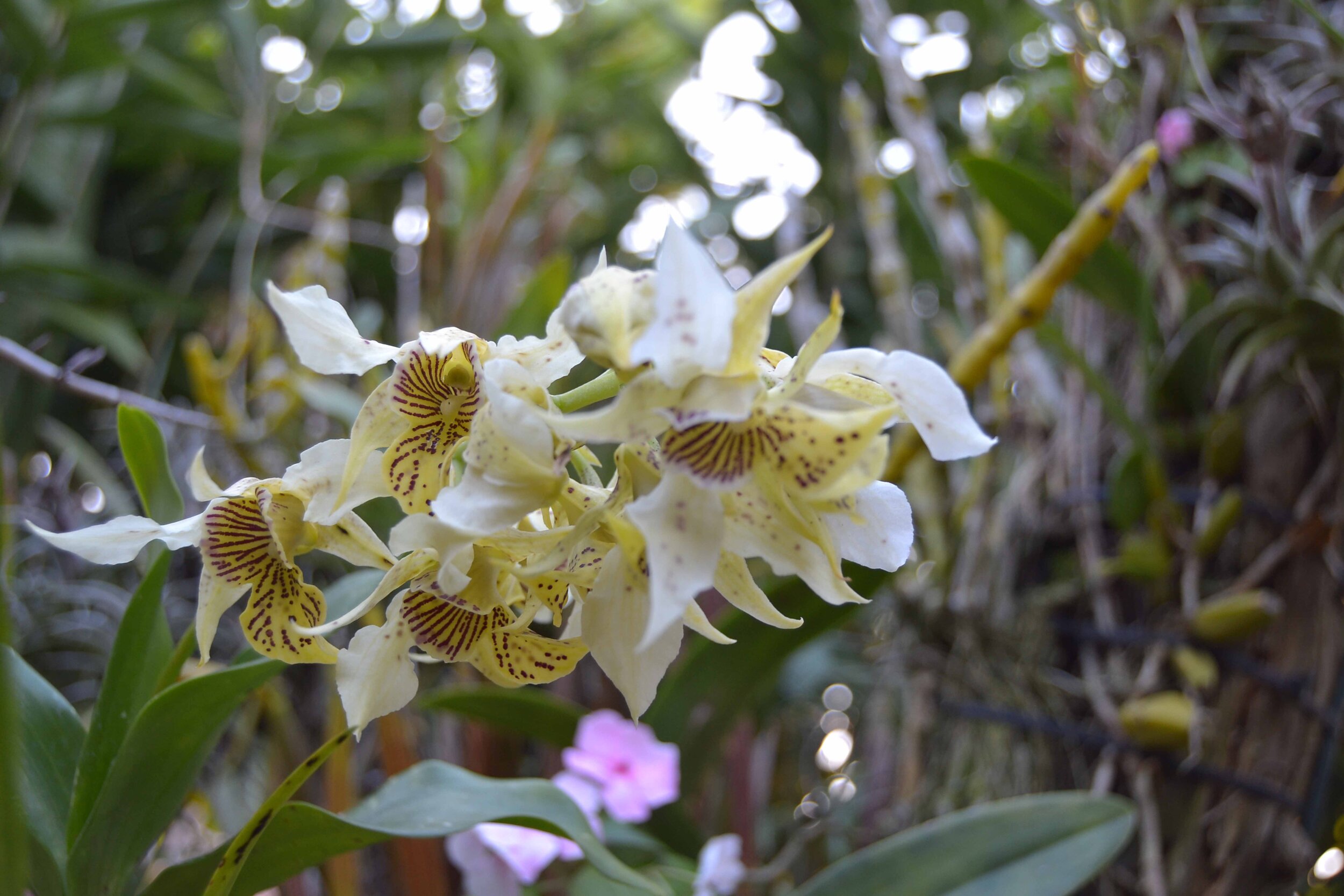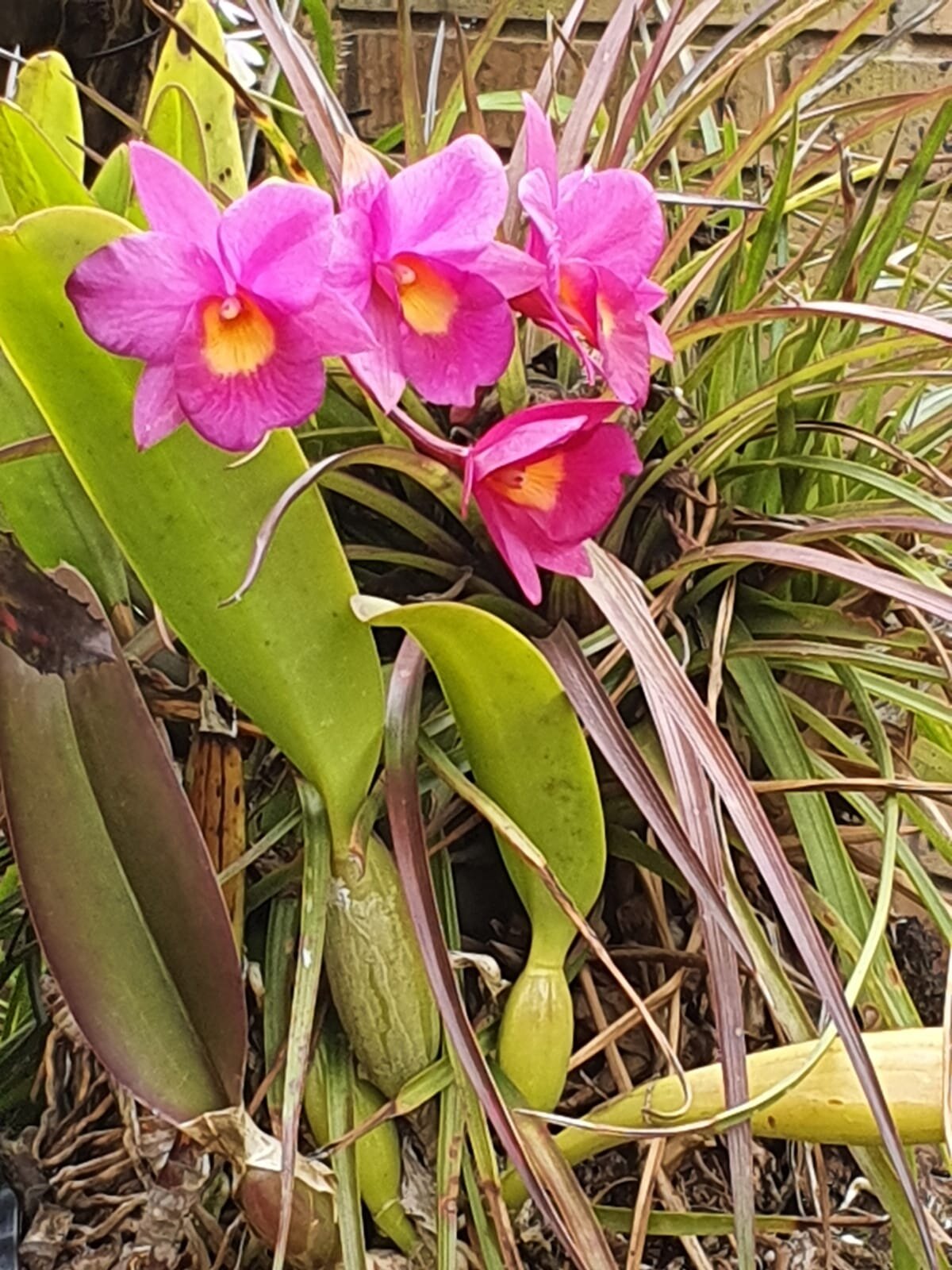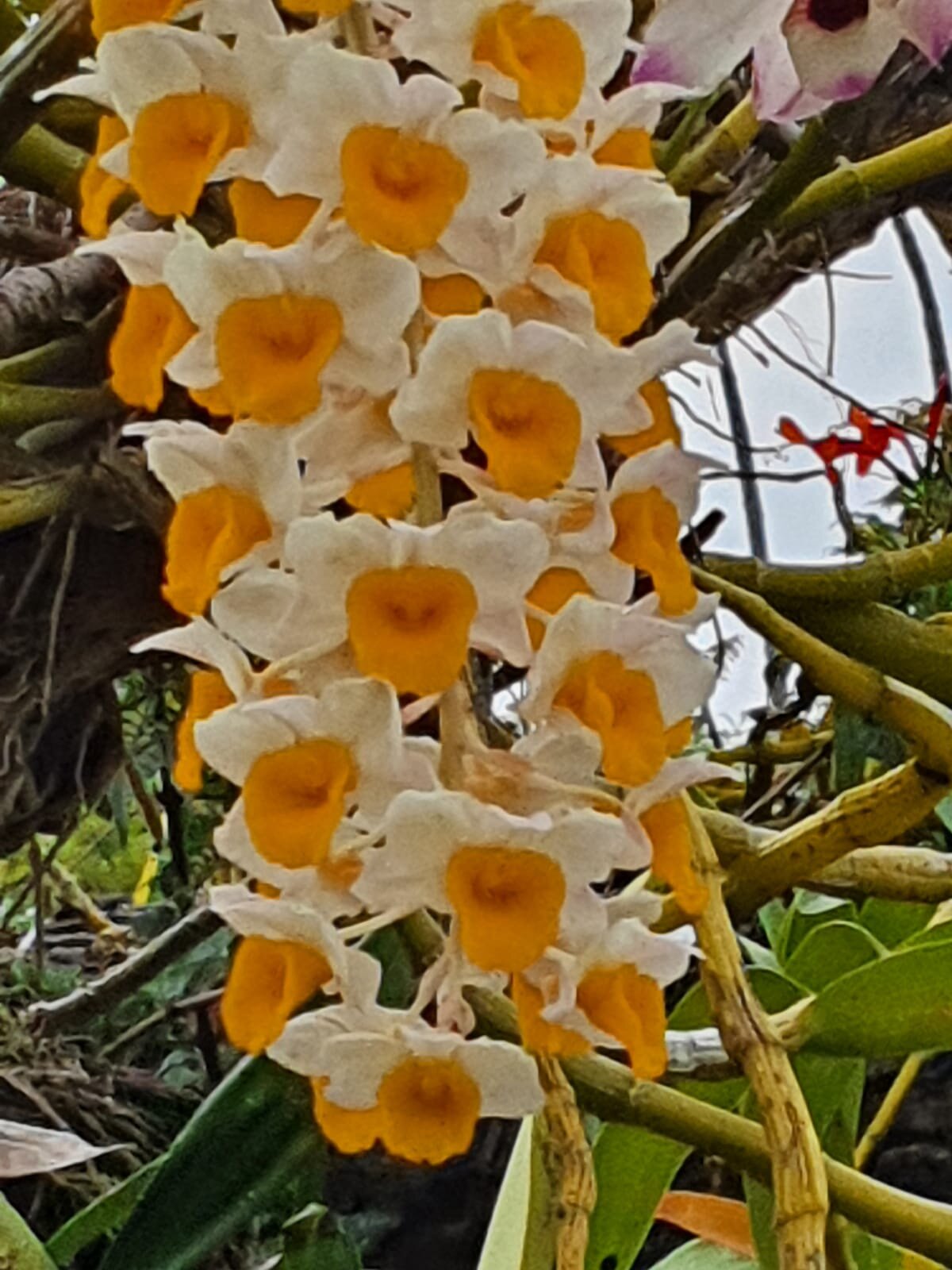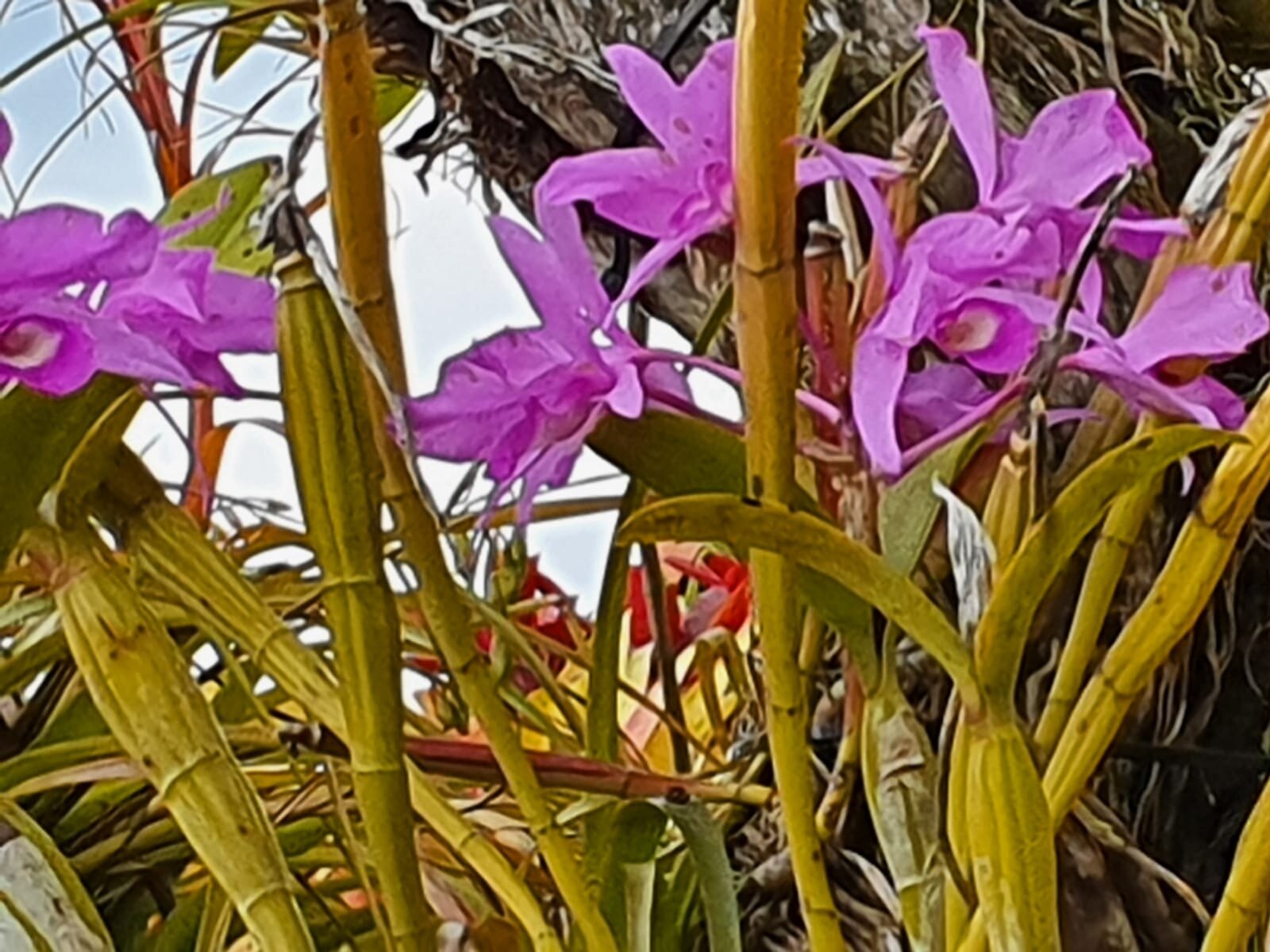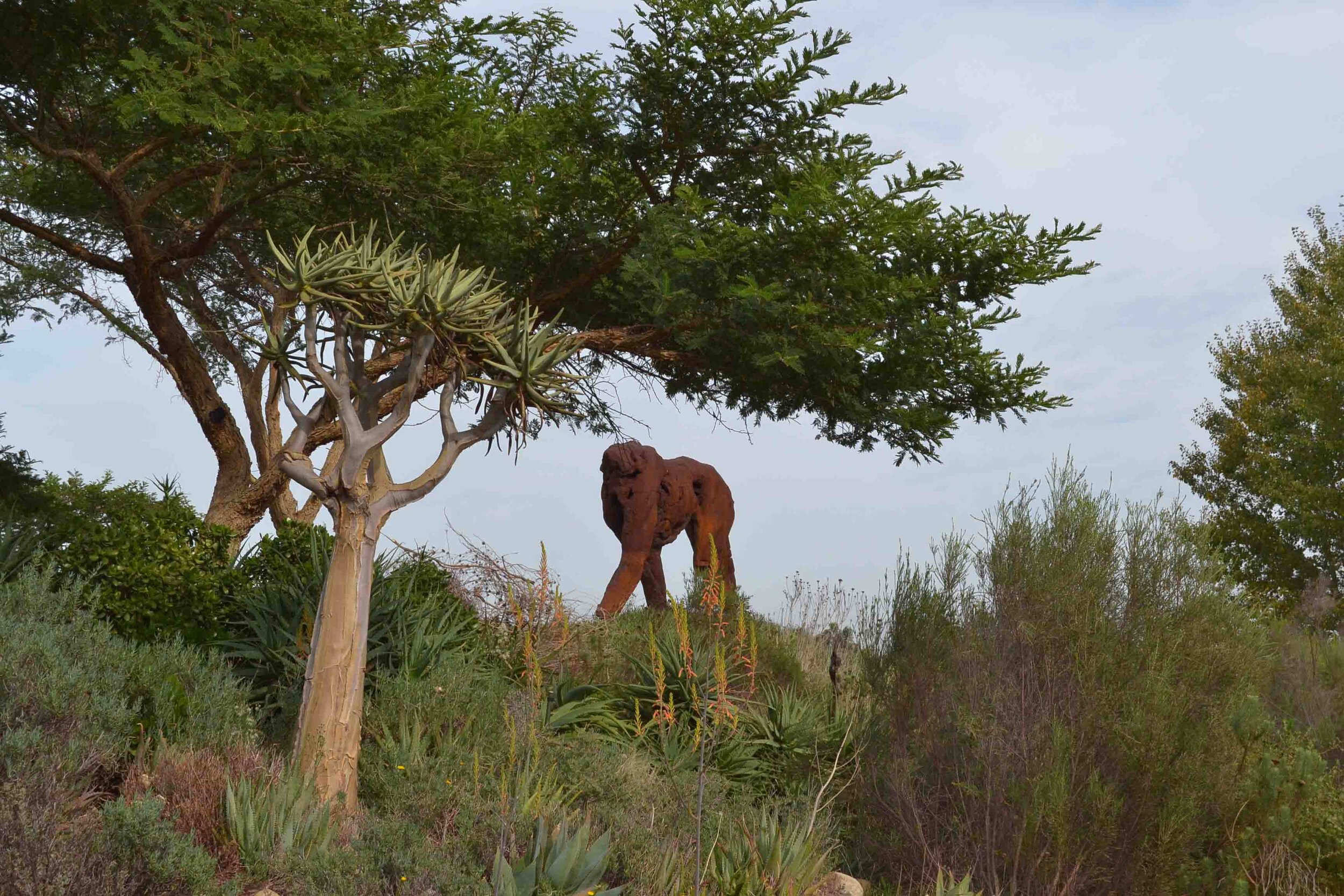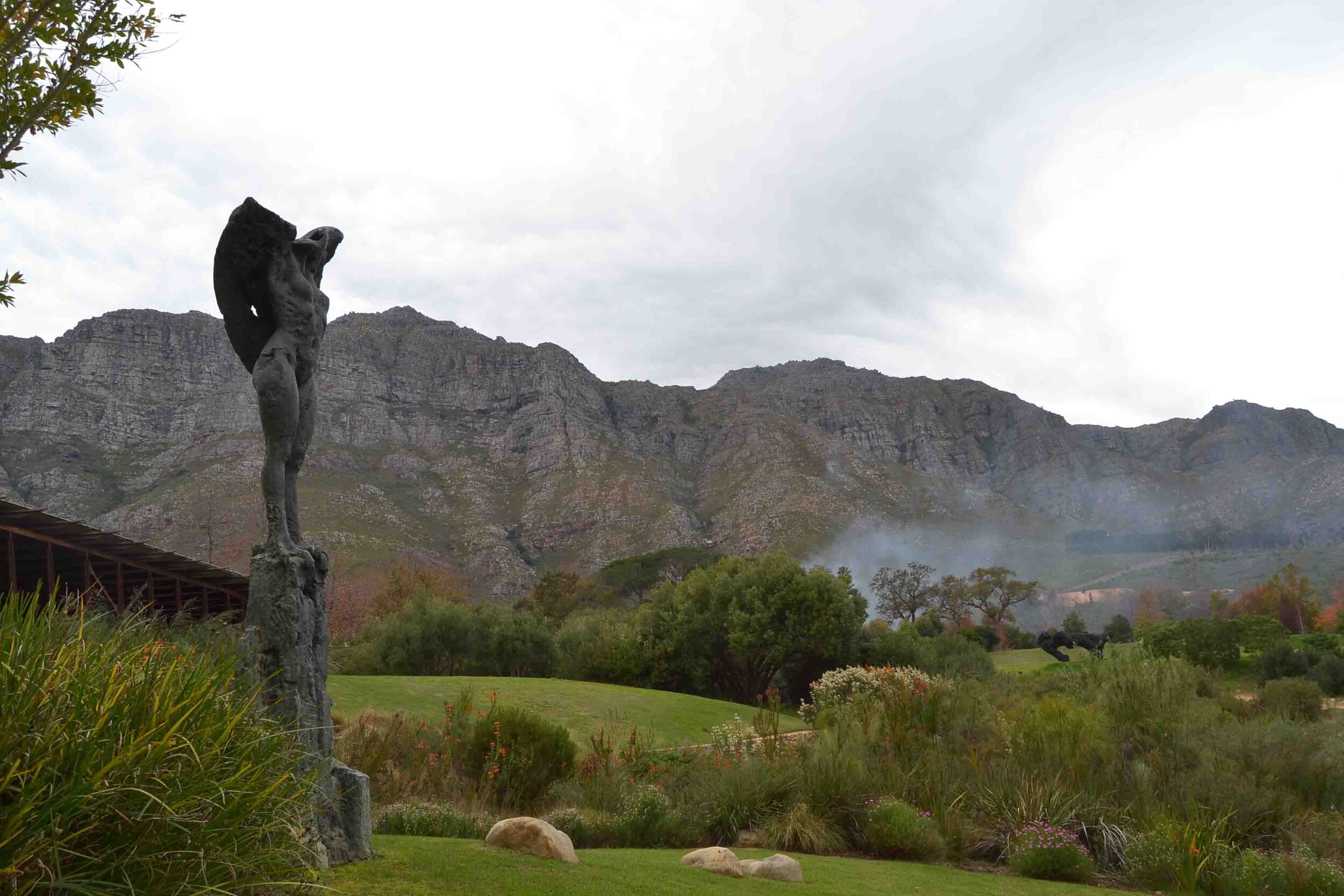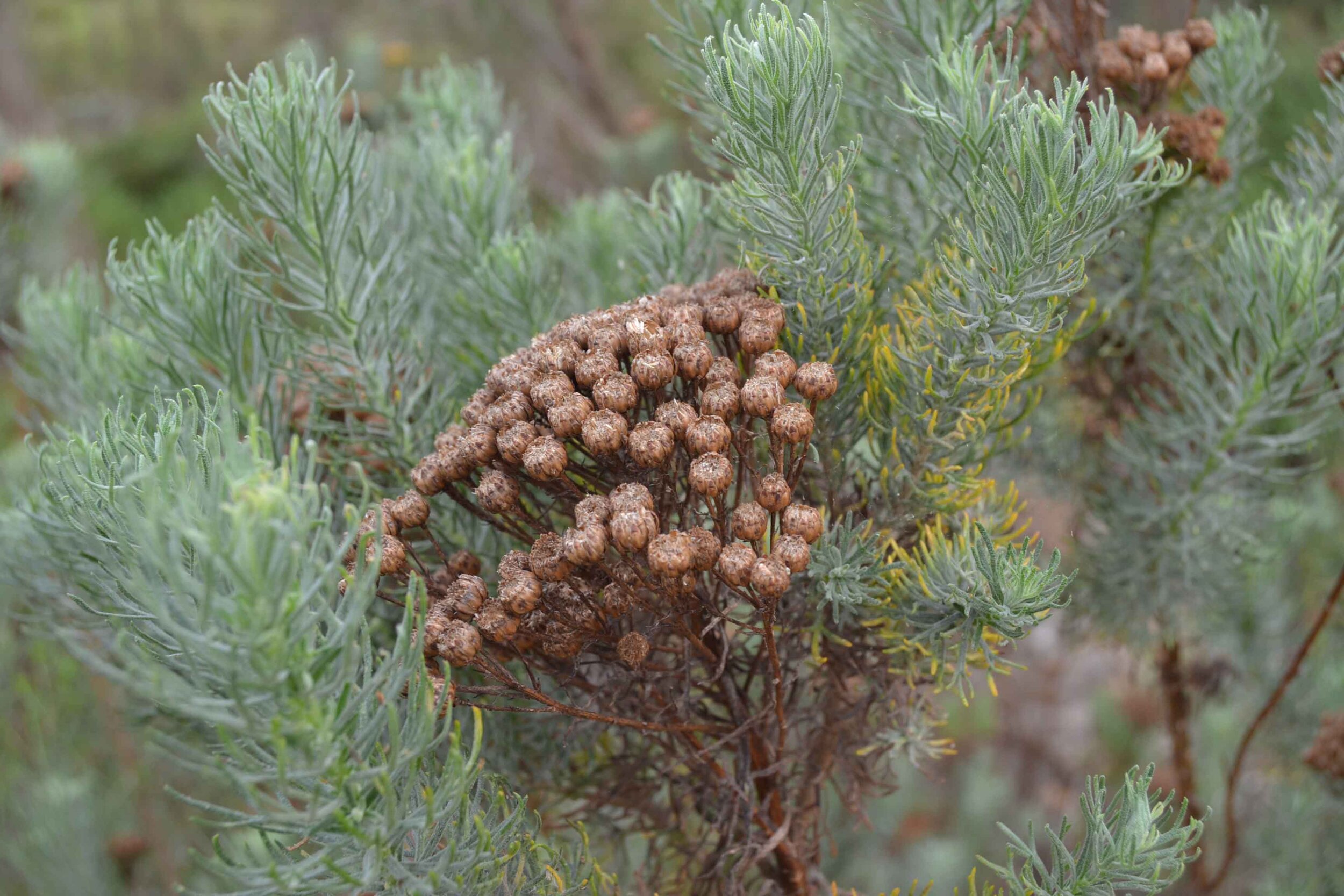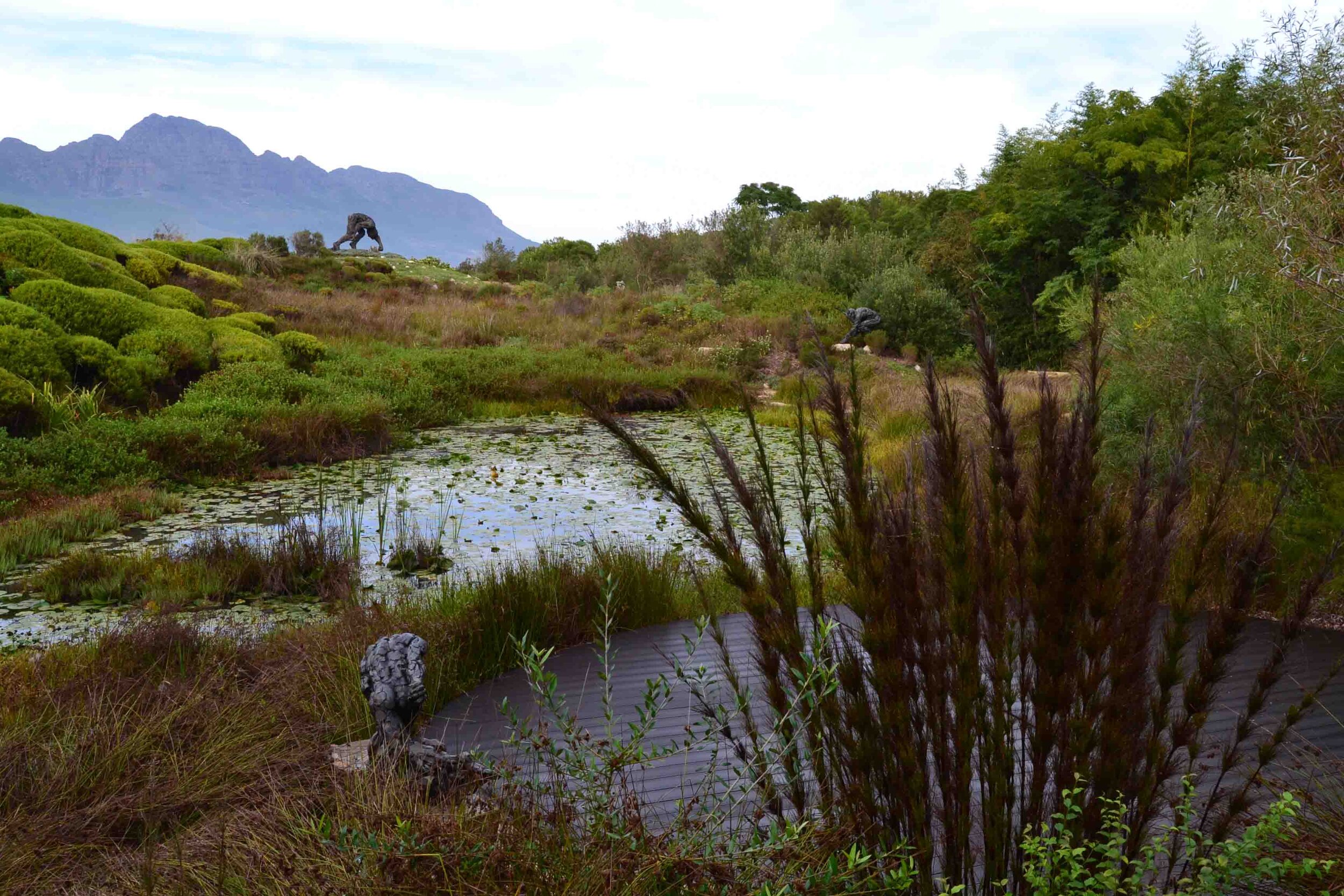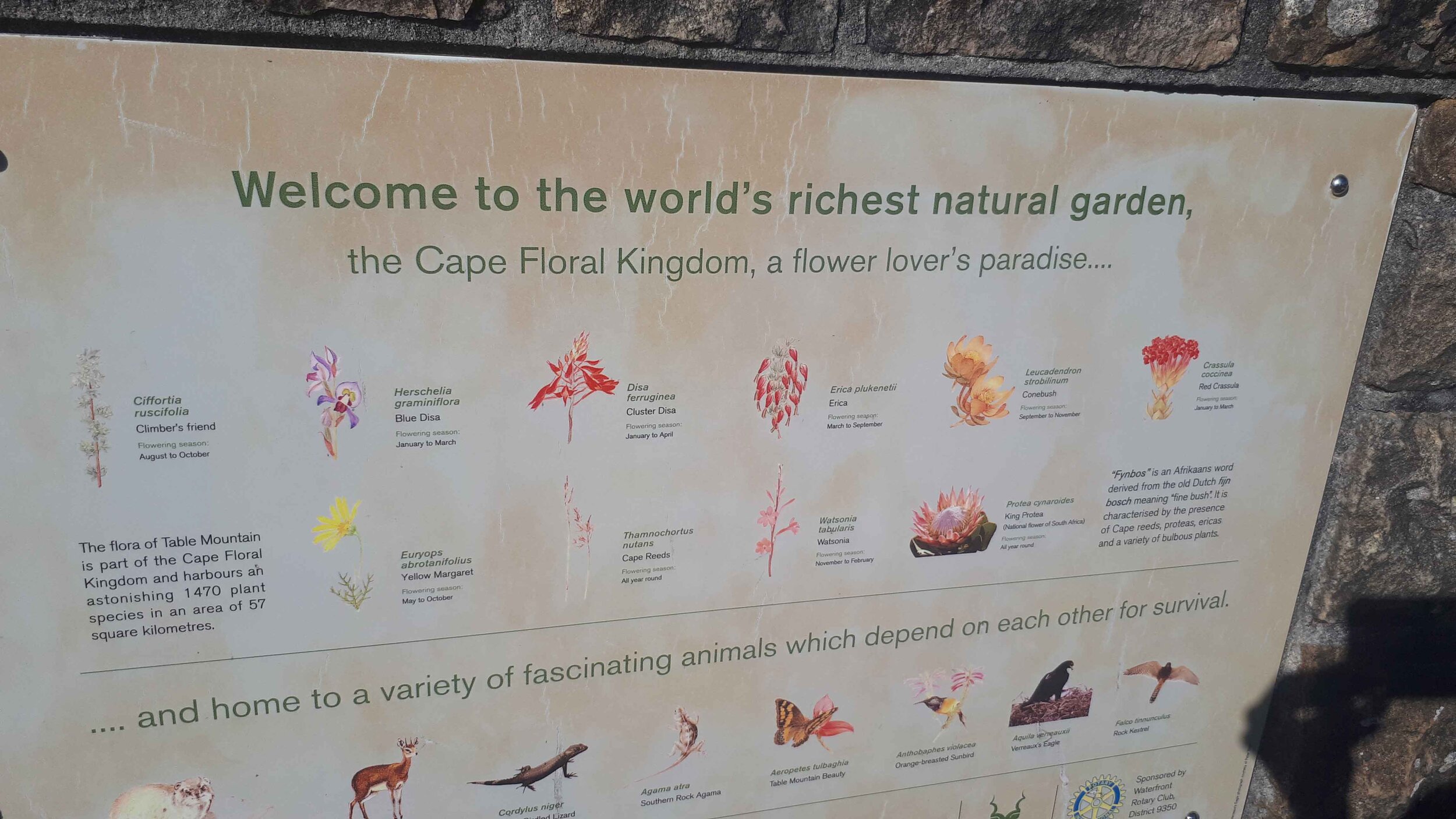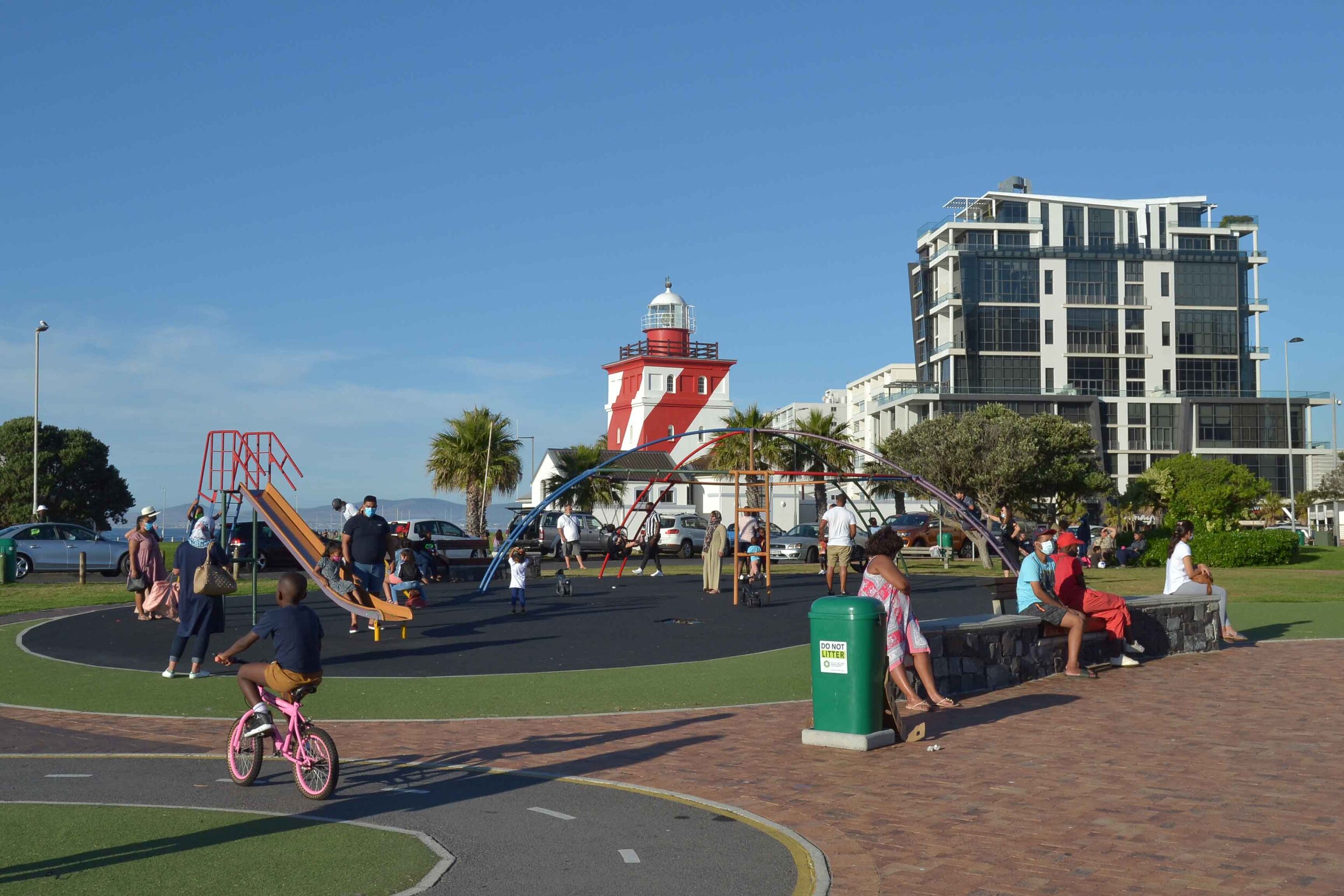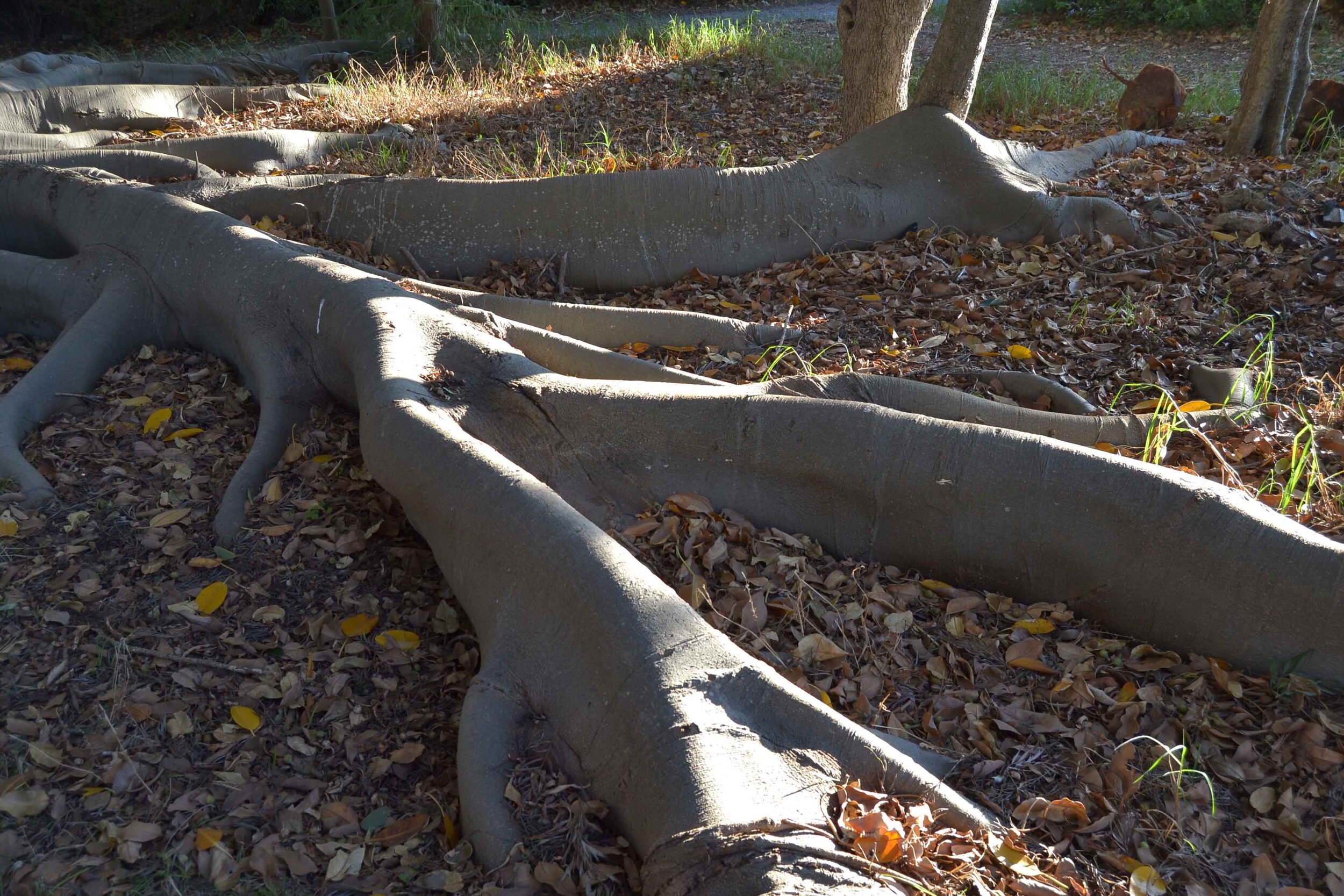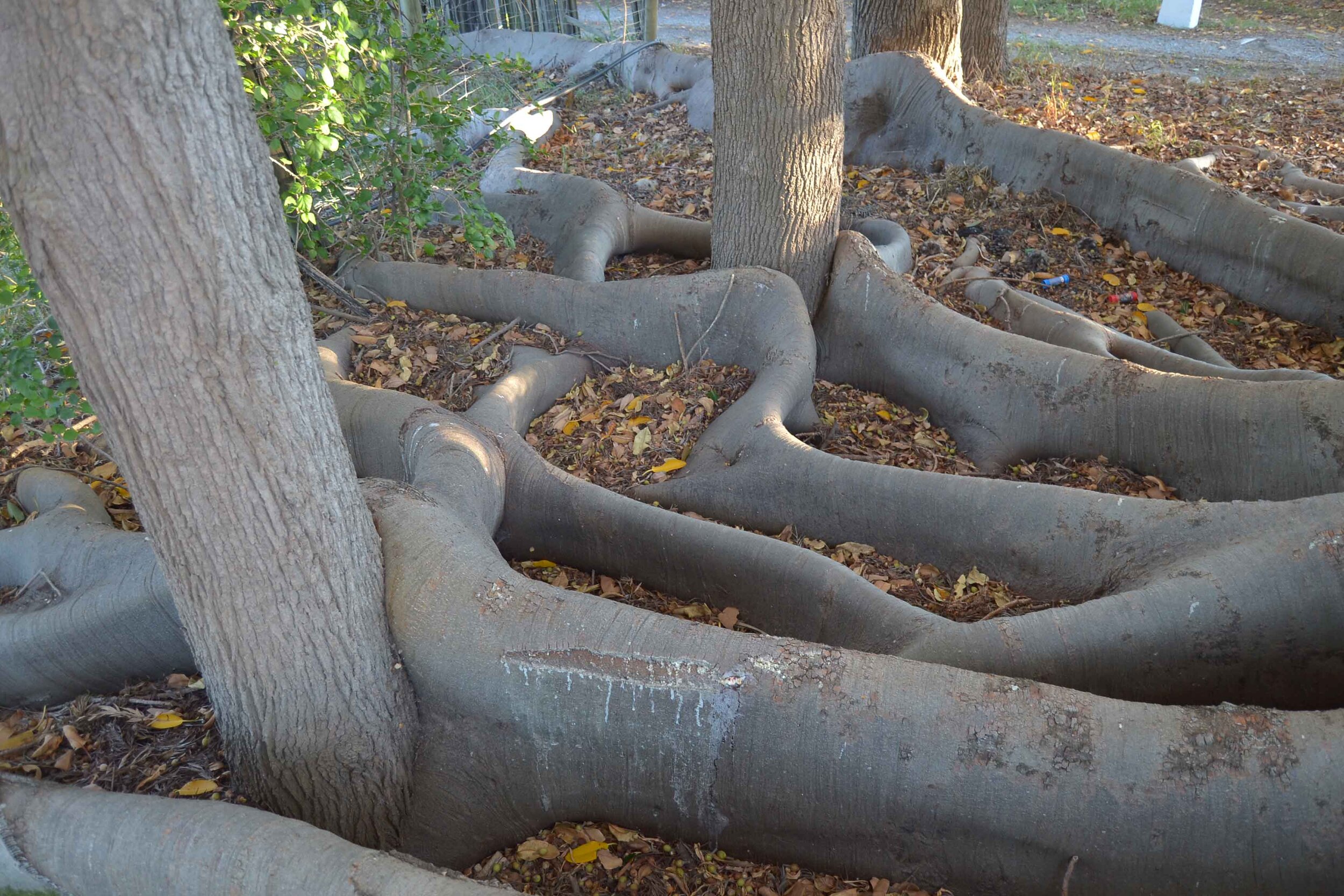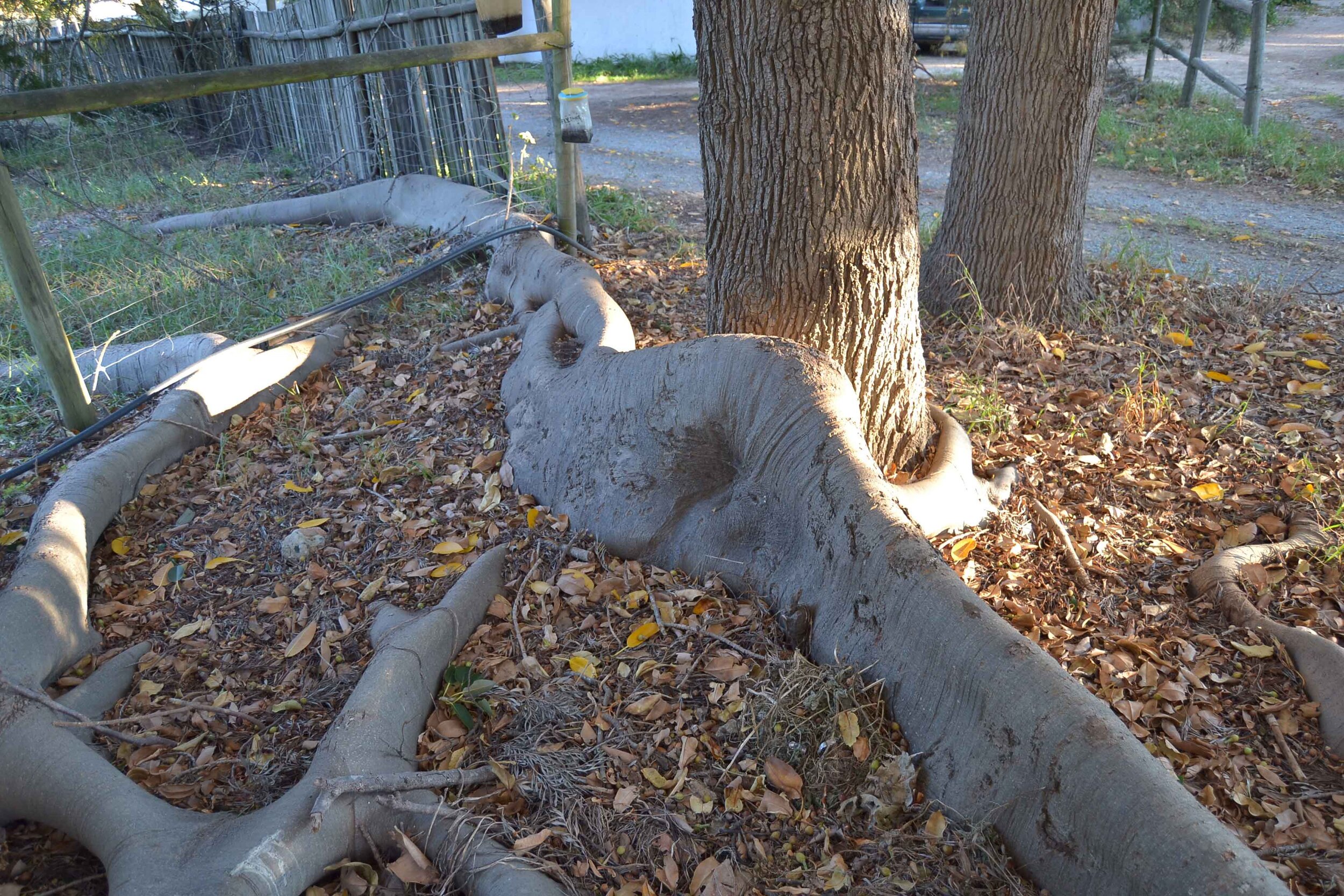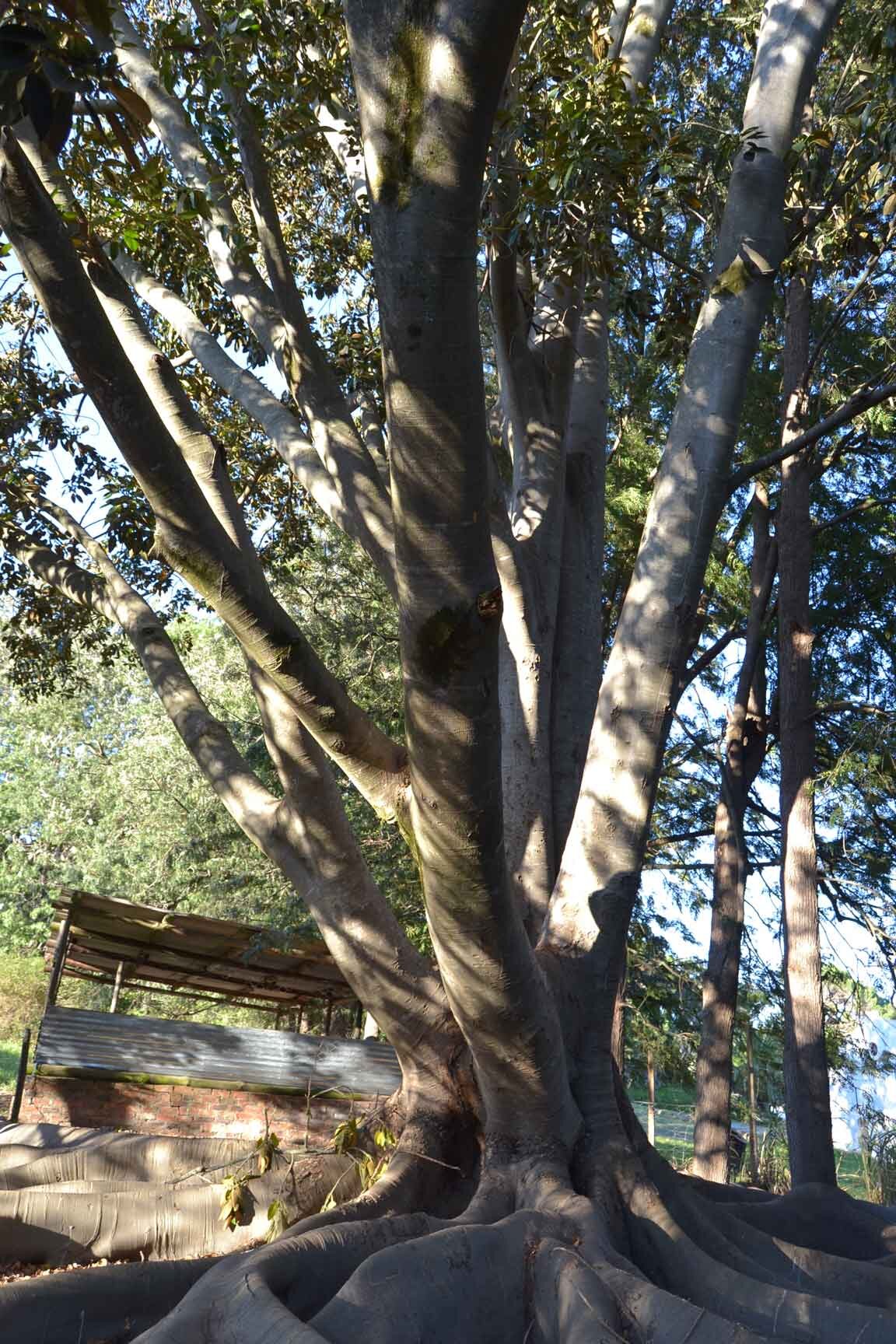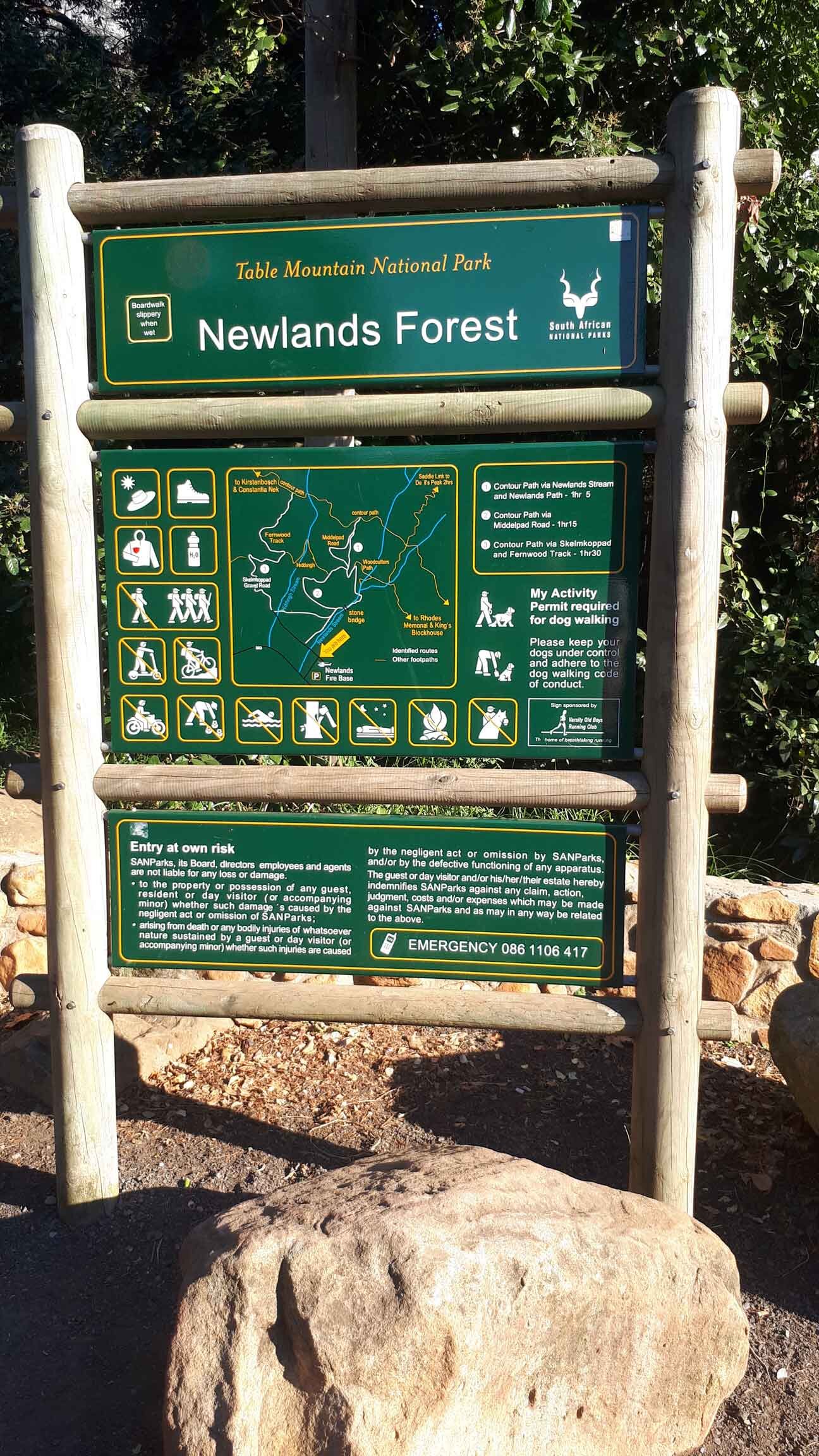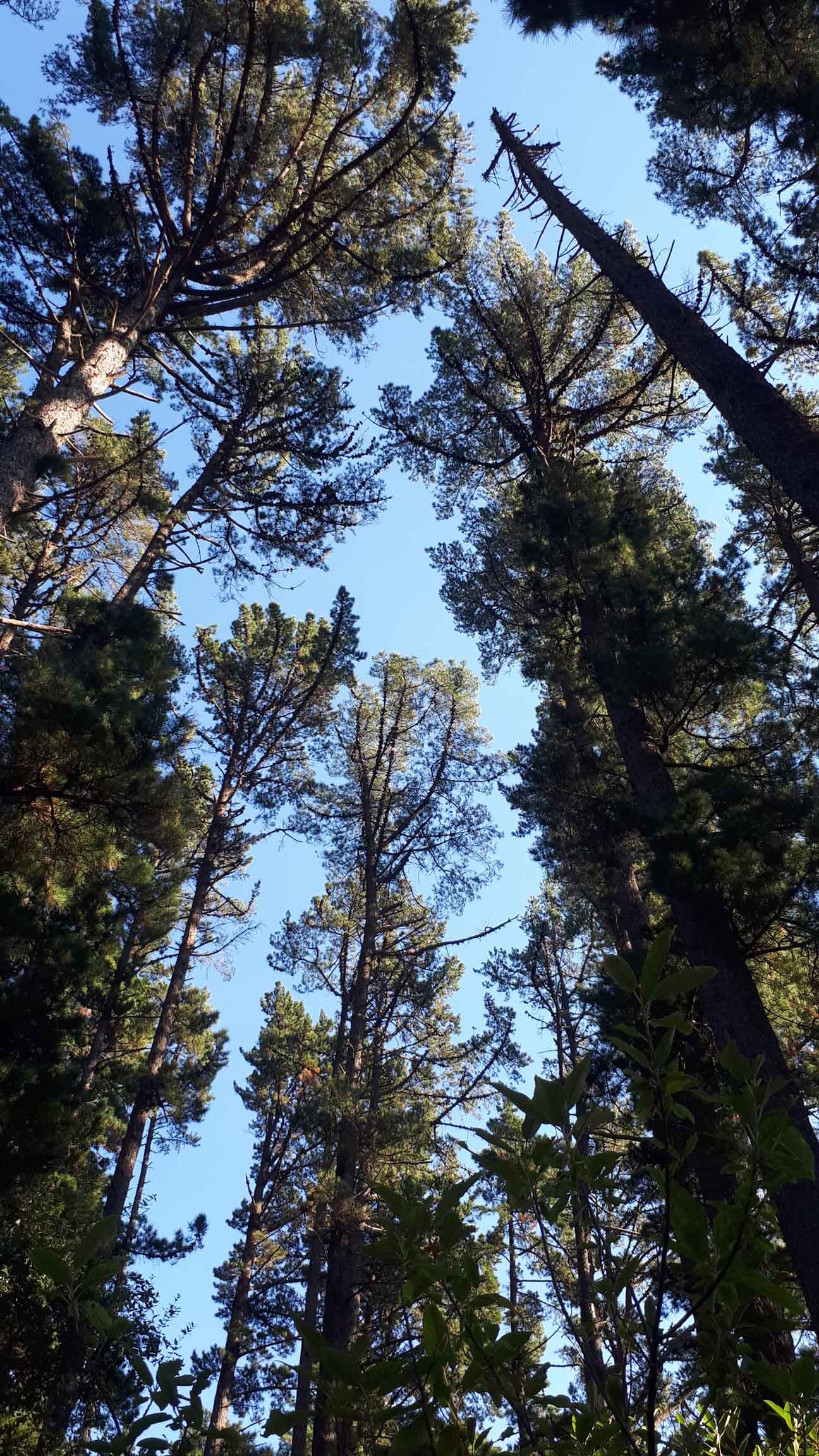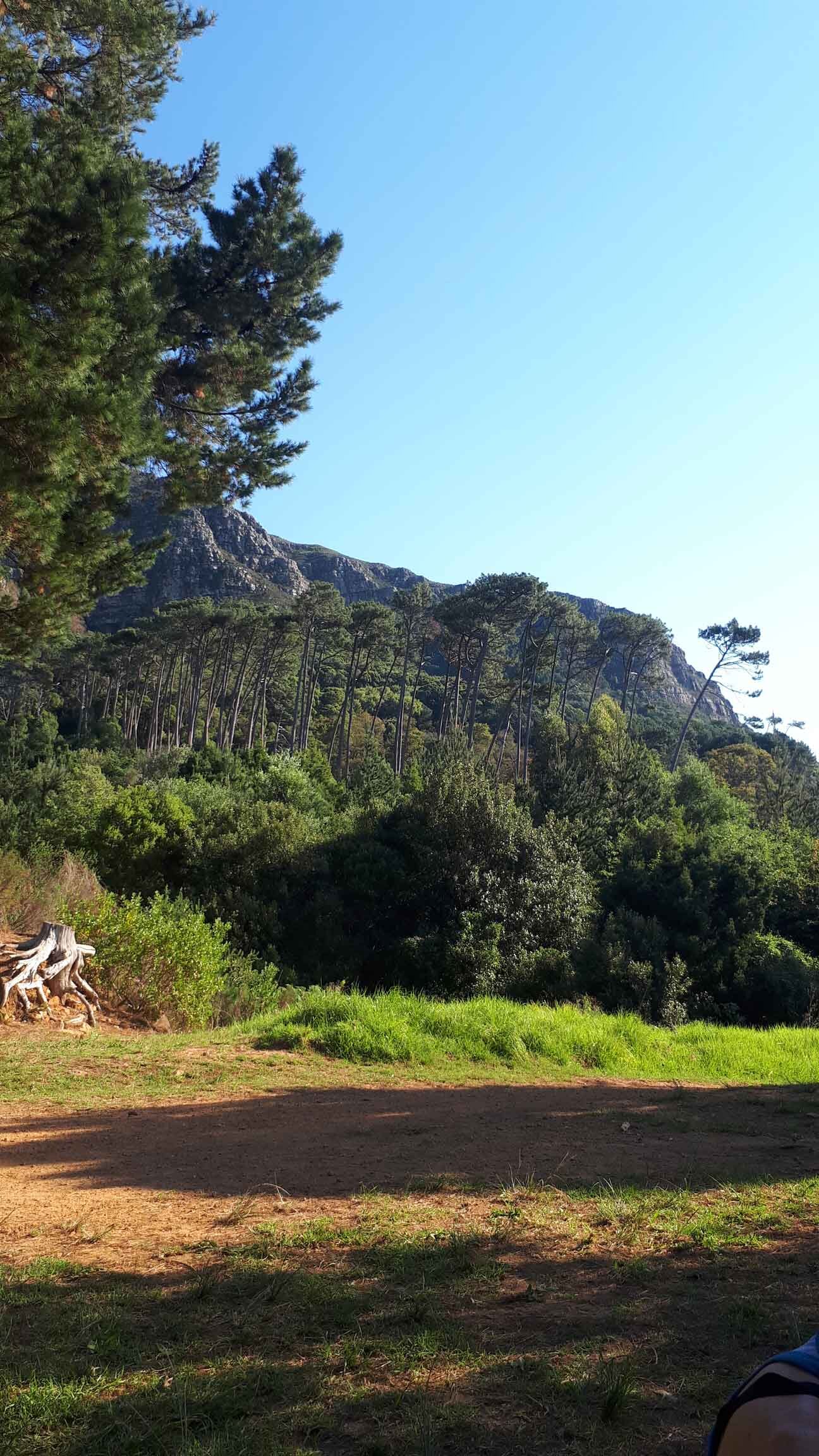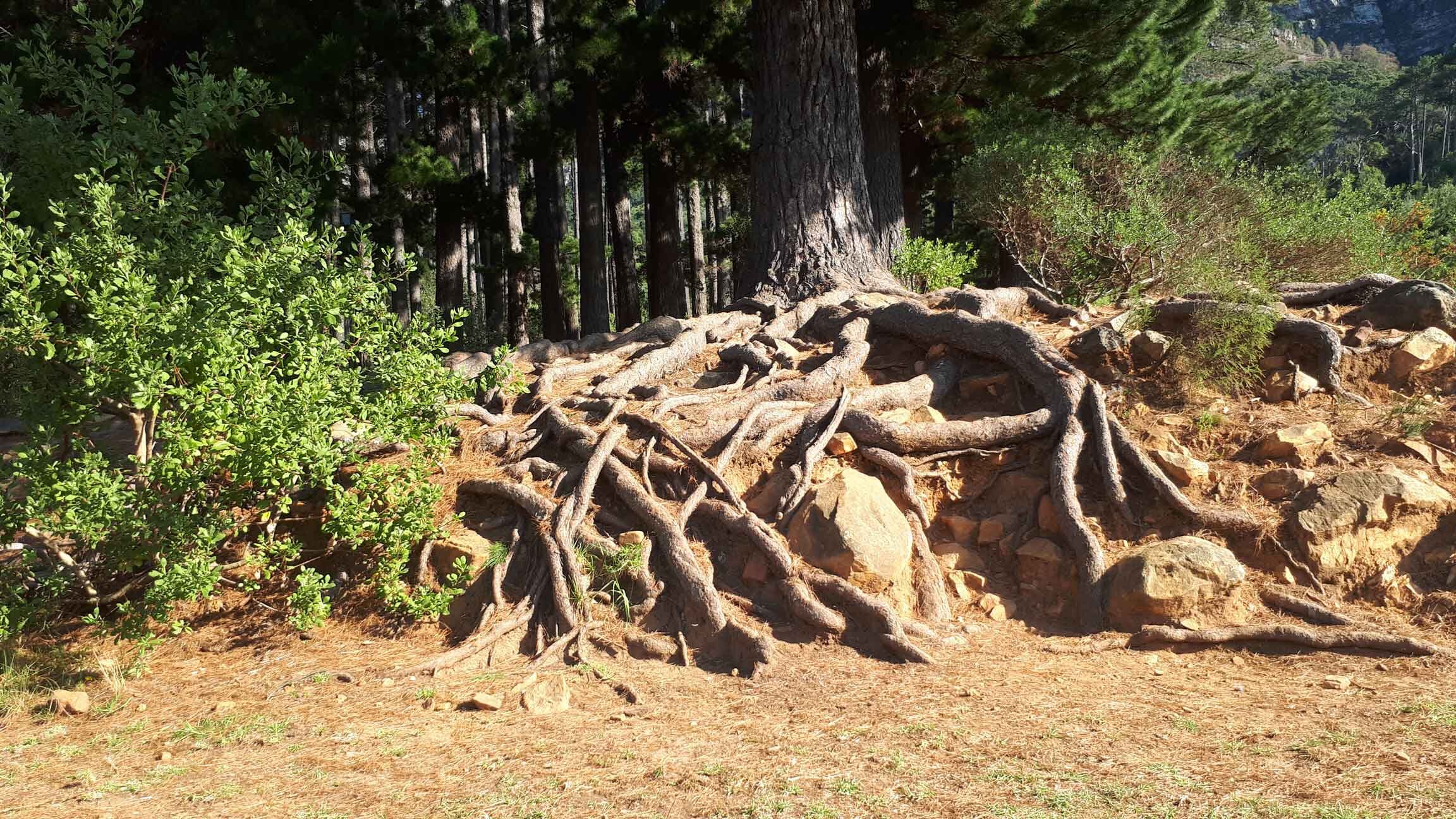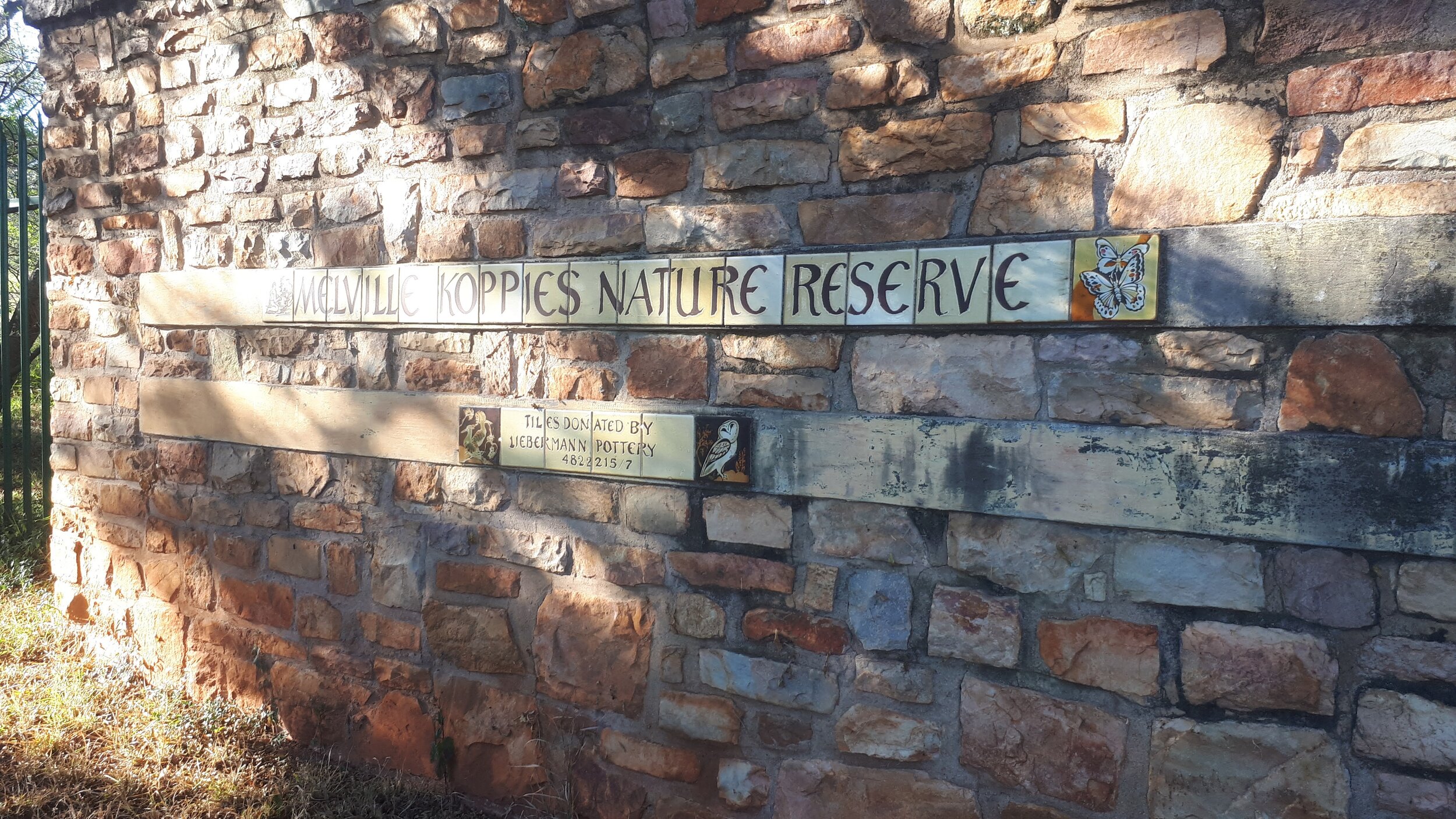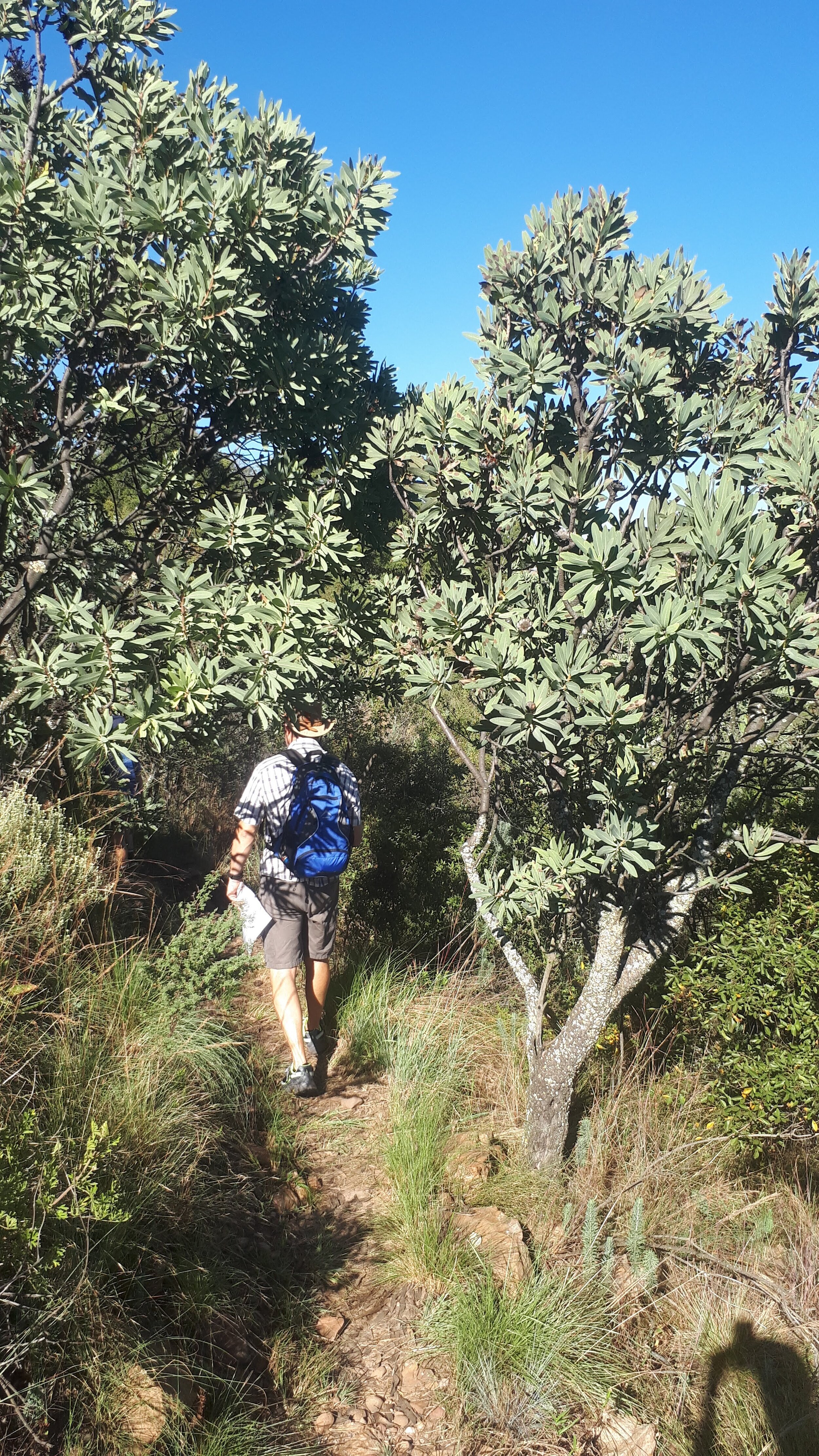Art and Nature
We often travel to the Lowveld to visit family and it always reminds me where my love for nature started. Growing up in Nelspruit you can’t help feeling close to the landscape. The trees, granite domes, birds and ‘bush’ are such an integral part of everyday life that they become part of you.
Many artists have moved to this part of the country because of the beauty of the landscape and the inspiration that the closeness to nature brings. This must be part of the reason that Esias Bosch decided to move here in 1960.
Esias Bosch
Esias Bosch (1923 – 2010) is regarded as one of South Africa’s most distinguished ceramic artists and is both nationally and internationally acclaimed. How fortunate for South Africa that this master potter not only left a legacy of incredible artwork, but also birthed two ceramic studios located a few kilometres from each other in the picturesque hills of White River, Mpumalanga.
Esias and Valerie Bosch had three children named Anton, Ezra and Andree. Andree Bosch is an author currently working on a novel while Anton Bosch and Ezra Bosch are both ceramic artists. Andree co-authored the book Esias Bosch which was printed in 1988 and published by Struik Winchester. The book, which coincided with his 65th birthday, documents his life, his influence on the pottery movement and his artistic journey as he moved from different mediums. He moved from earthenware to stoneware, then to porcelain, then to lustre tiles. The book beautifully captures his artworks and impressive large scale commissions through large colour photographs.
The Creativity Continues
Esra and Anton are continuing the legacy of their father and since they were apprenticed by Esias from a young age their experience and knowledge of the art was a solid foundation for launching their own careers. Esra Bosch runs her studio from the original family home known as Die Randtjie which was designed by architect Norman Eaton.
Anton and Hanlie in front of their Studio in White River
Anton and Hanlie Bosch Studio
Anton met his wife Hanlie while they were both studying fine art in Pretoria. Anton majored in drawing and painting and these skills are evident in his ceramic artworks. He started working in the studio with his father Esias, but later moved to a farm a few kilometres away where he established his own studio with Hanlie.
The driveway to the home and studio is below a dense tree canopy created by large indigenous trees. Anton and Hanlie have lived on the farm for over 15 years and most of these trees were planted by them. Large ceramic pots decorate the entrance and splashes of ceramic tiles can be seen in the floor surfaces at different areas.
The ceramic artworks are on display in a room adjoining the Studio where you can see various projects in their stages of completion. The Studio is practical and airy with vast timber trusses creating a large volume, the space filled with light. You can tell that this is a room where magic is made.
Display Room filled with ceramic artworks
The Studio - where the magic happens
Their Artwork
Each artwork is handmade and lovingly created, no two pieces are alike. Their work is characterised by bold shapes, beautiful colours and joyful scenes, often reminiscent of the Lowveld and its surrounding beauty.
Hanlie specialises in sculptures and figurines, wall tiles, plates and bowls and paintings while Anton creates tiles, decorative vases and vessels, as well as bowls and plates. His lustre tiles are particularly impressive as the scale at which he can create these artworks has been a skill he has mastered over many years. The tiles are an enormous 1.9m x 1.1m and weigh as much as fifty kilograms. Creating these tiles requires an intricate and detailed process. He fires the tiles several times in his custom made flat bed kiln and each tile can take 4-5 weeks to complete.
Large Tile Artwork in the making
Family
Creativity runs in the Bosch blood as Anton and Hanlie’s children have also found careers in the creative industry. Their daughter Nina Bosch designs much sought after ceramic jewellery while their son Esias (Sias) Bosch studied architecture and runs his own architecture firm, also based in the Lowveld.
Visiting the Studio
It is best to visit the studio in person as new artworks are constantly being added and the display stands refreshed with the latest range of works. Not all work is on display as much of their work is commissioned or ordered on special request.
Next time you are in the Lowveld why not visit the studio as you may find the perfect piece for your own home or find the perfect gift for a special occasion. You may also leave feeling inspired to create (whatever that may look like) in your own life.
“Art has the power to transform, to illuminate, to educate, inspire and motivate.” Harvey Fierstein
Websites
Anton and Hanlie Bosch - www.boschstudio.co.za
Esra Bosch - www.esrabosch.co.za
Esias Bosch - www.esiasbosch.co.za
Nina Bosch Jewellery - www.ninabosch.co.za

